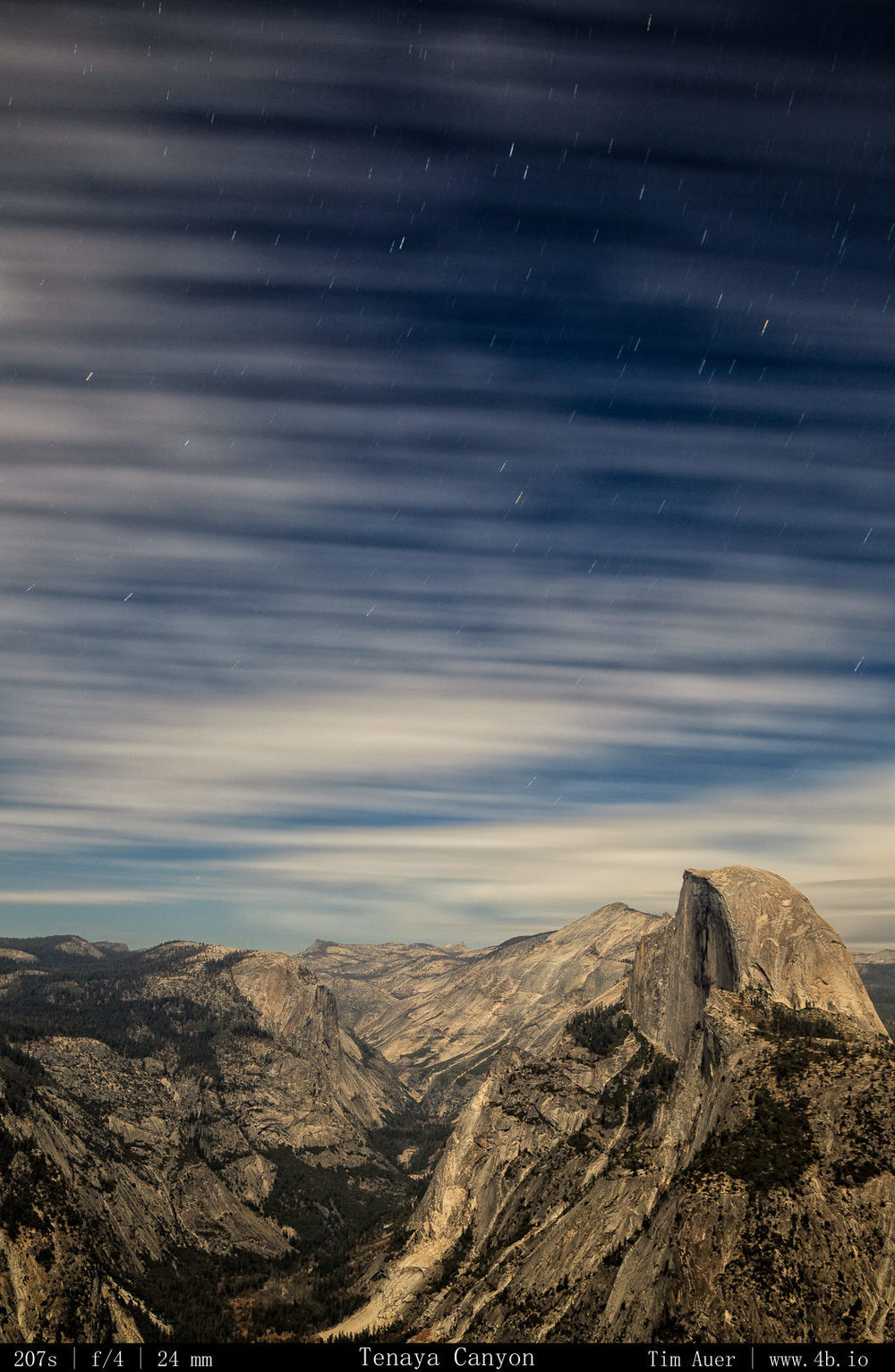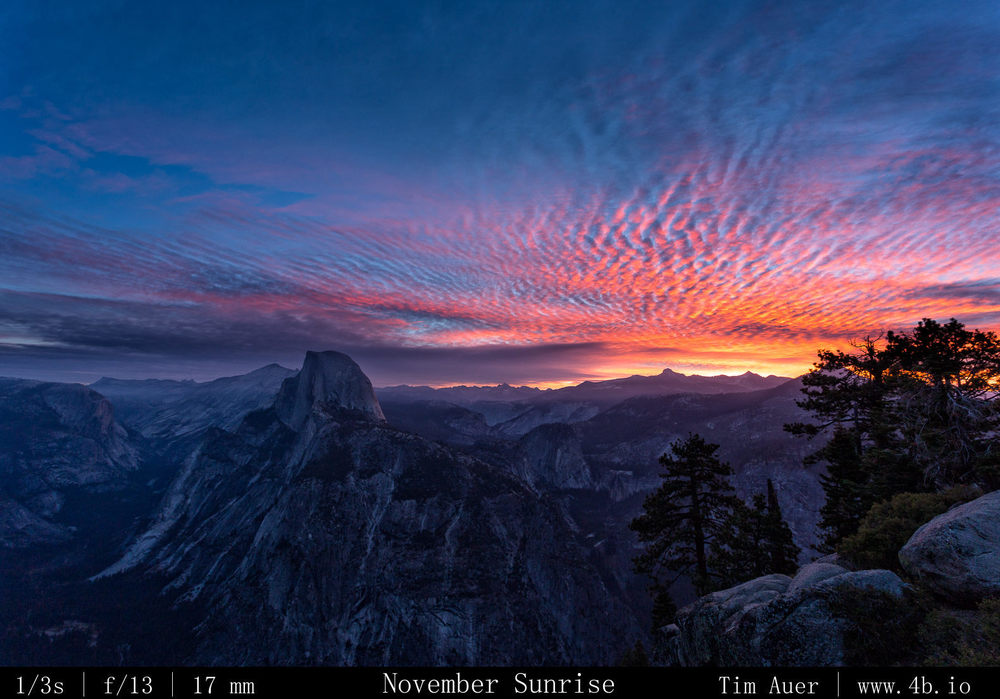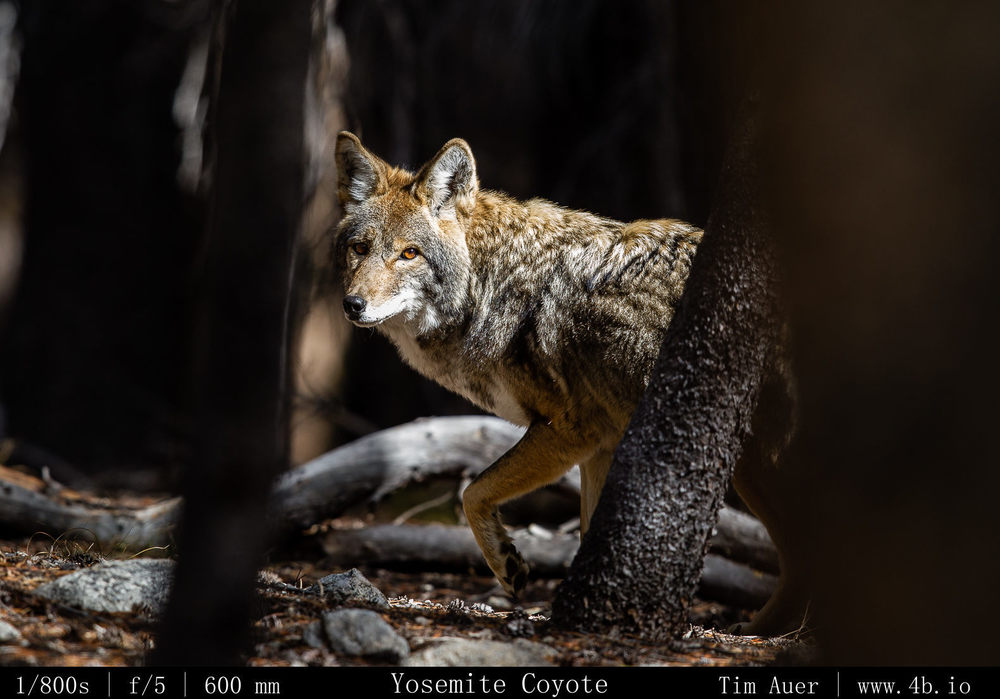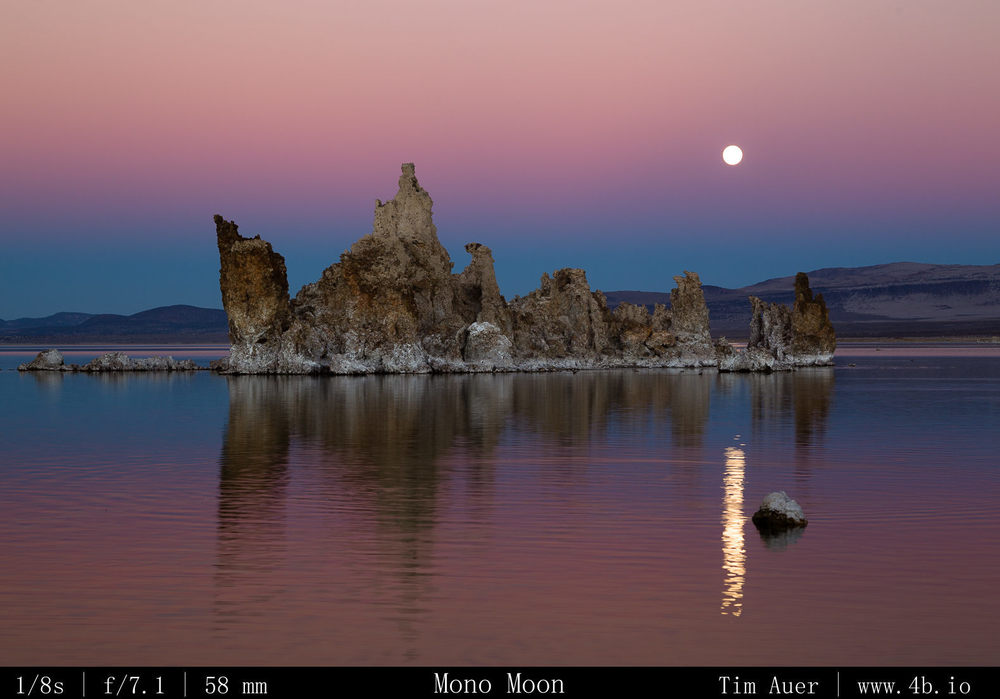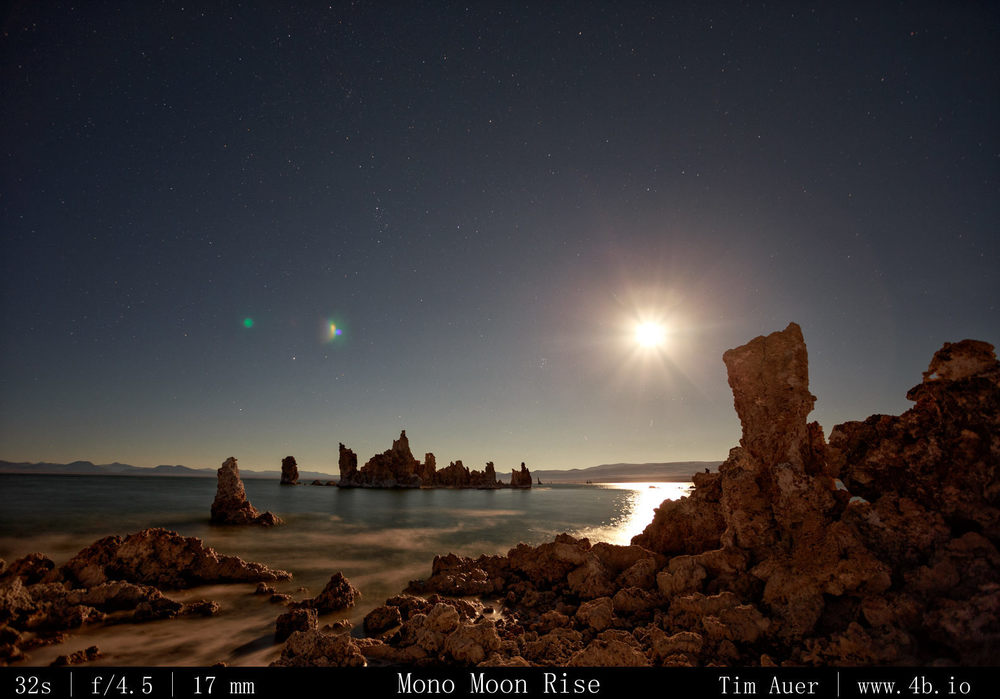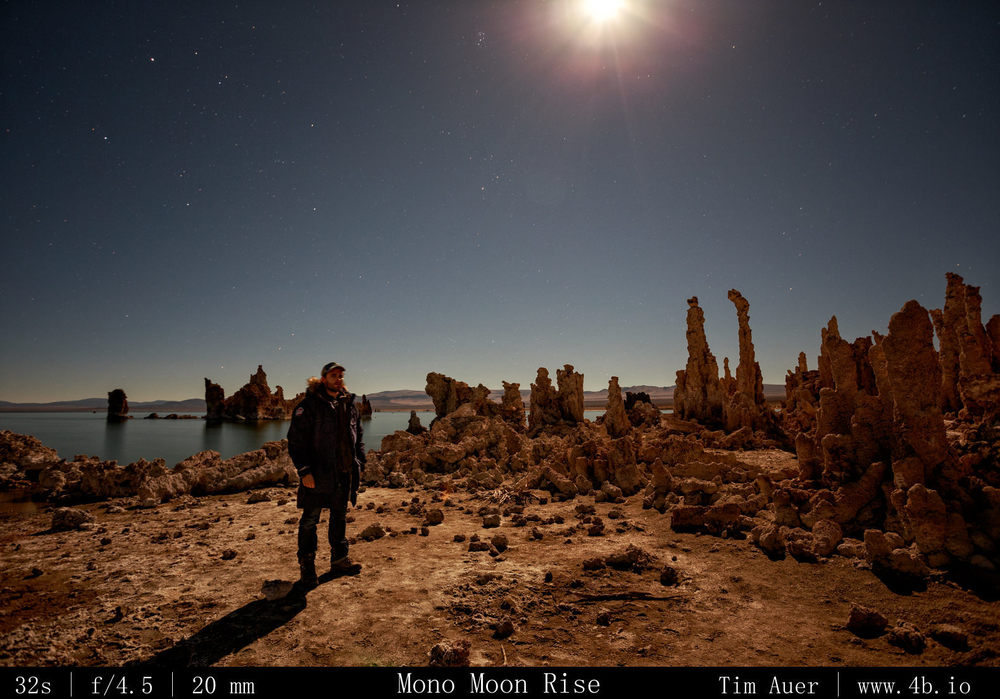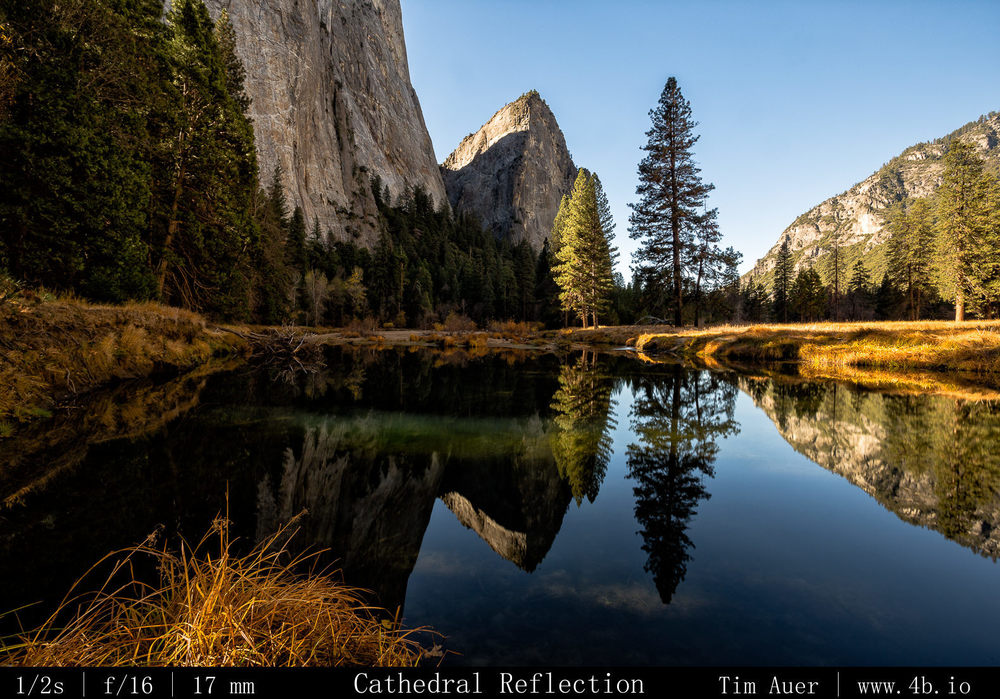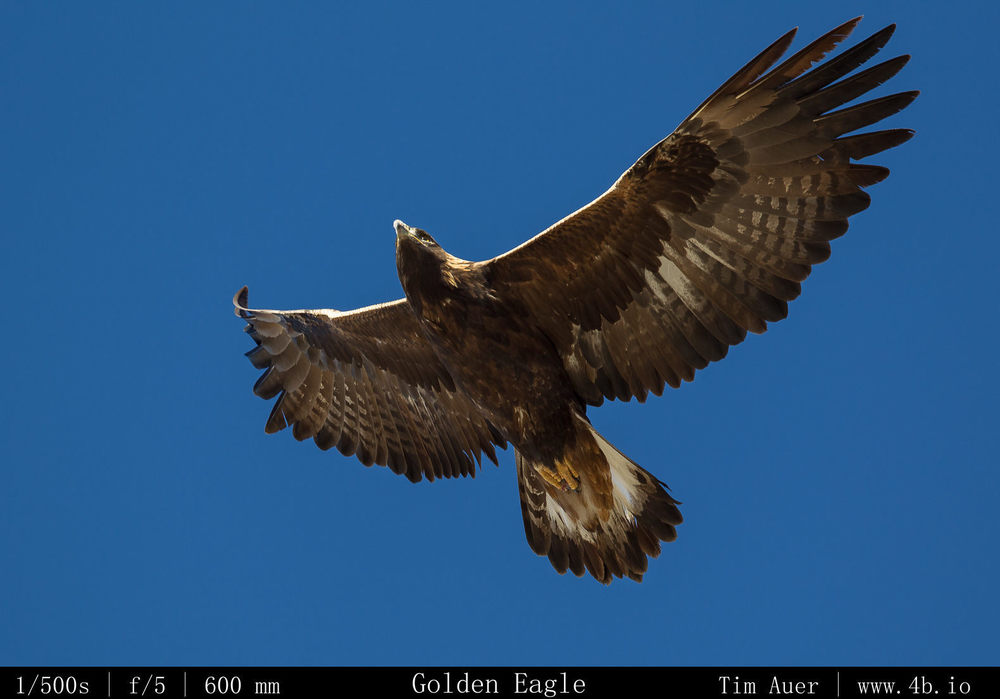Quick break from the Churchill processing to upload some photos from the group camping trip to Yosemite! Photos featured here are taken from Taft Point and Glacier Point.
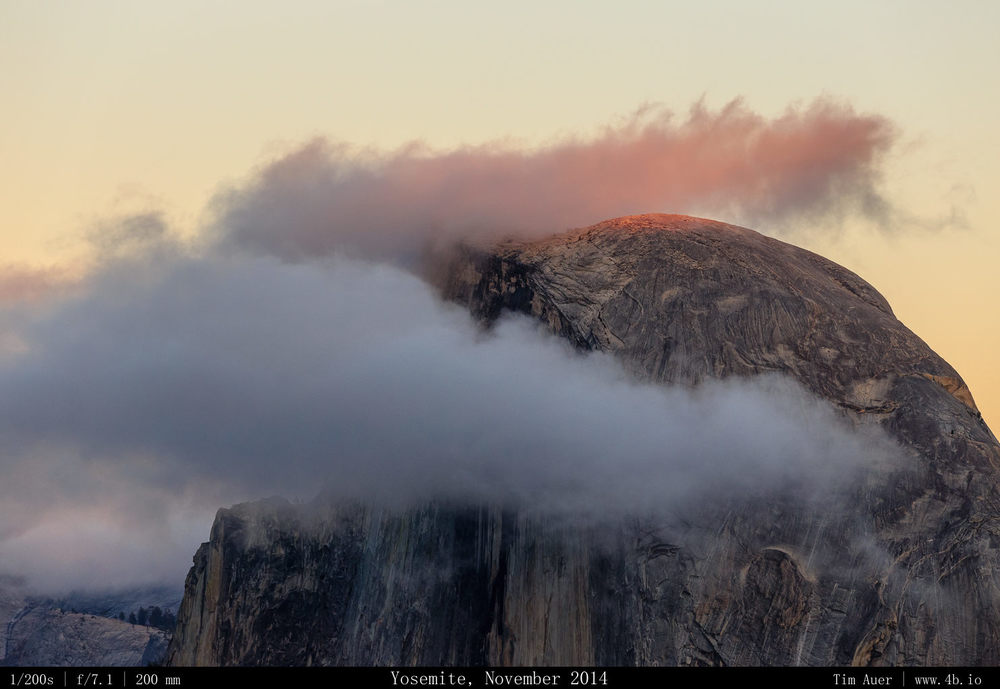
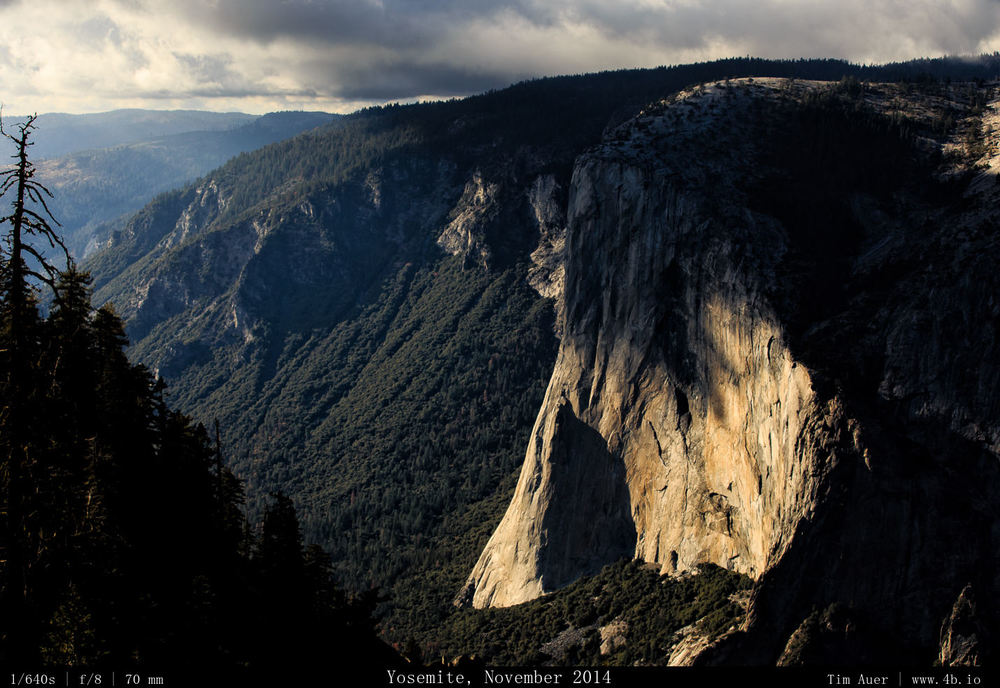
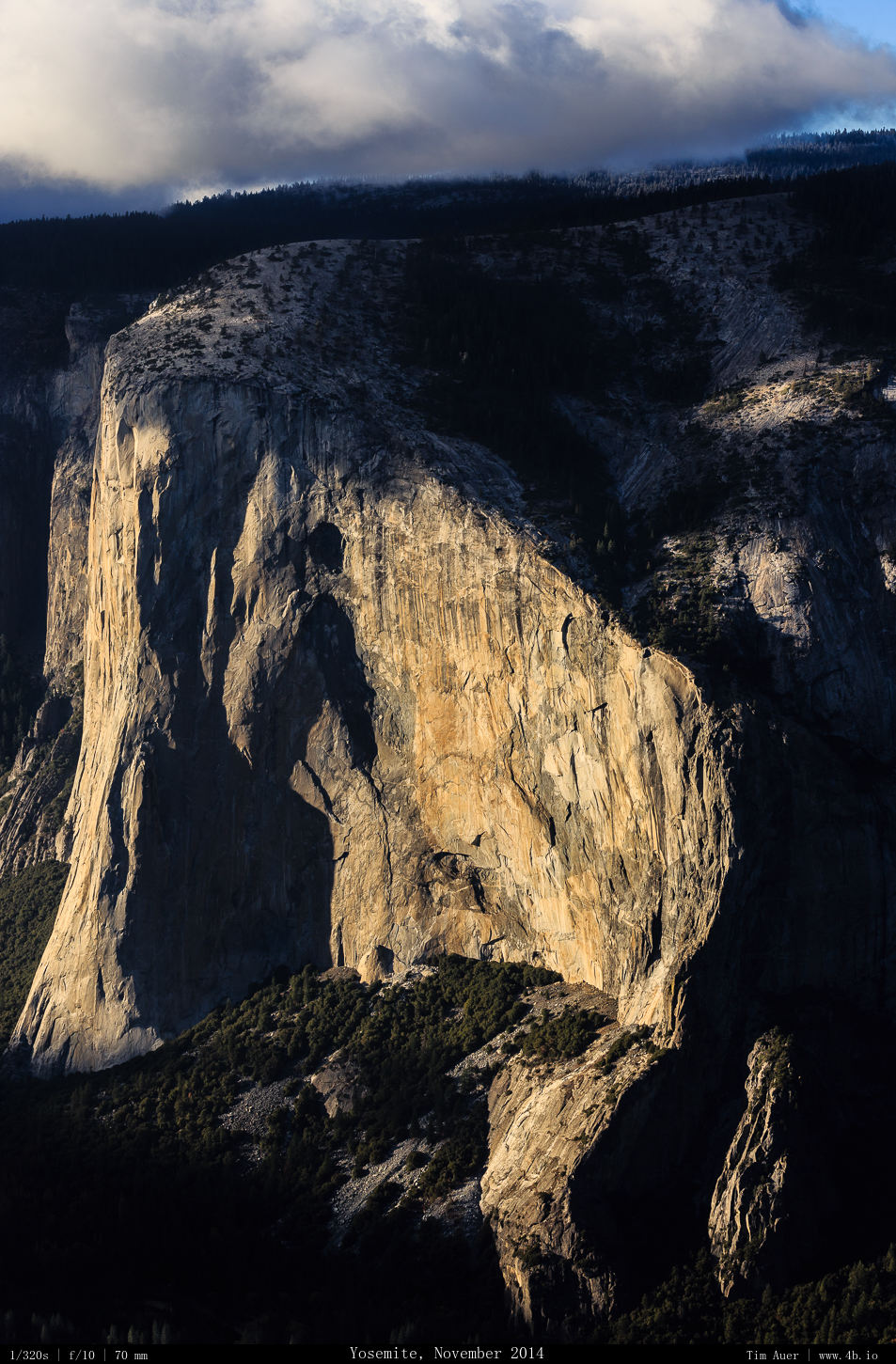
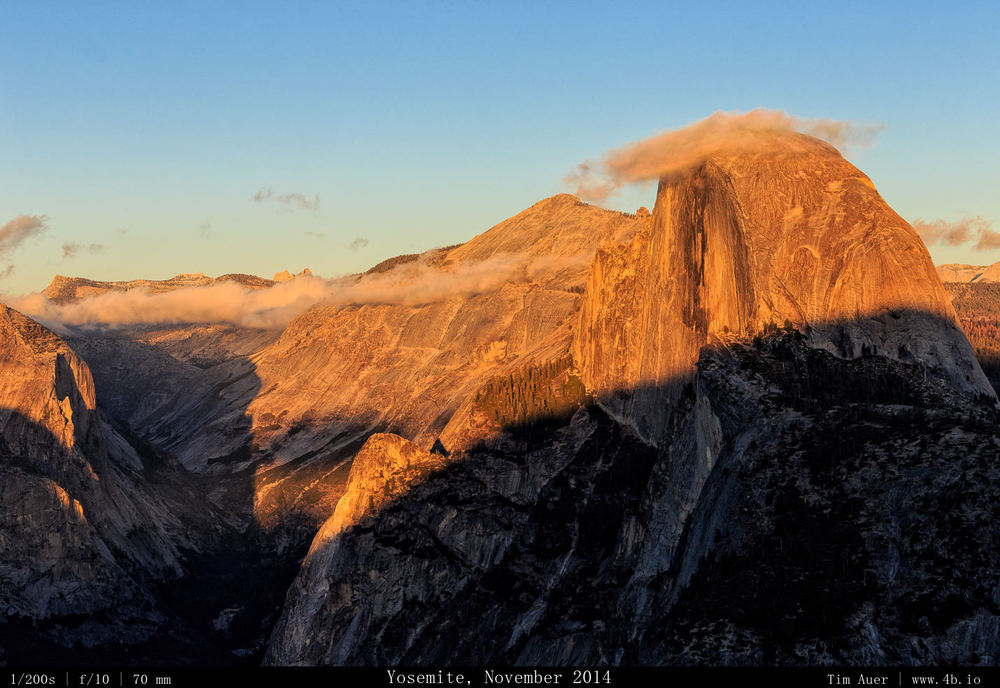
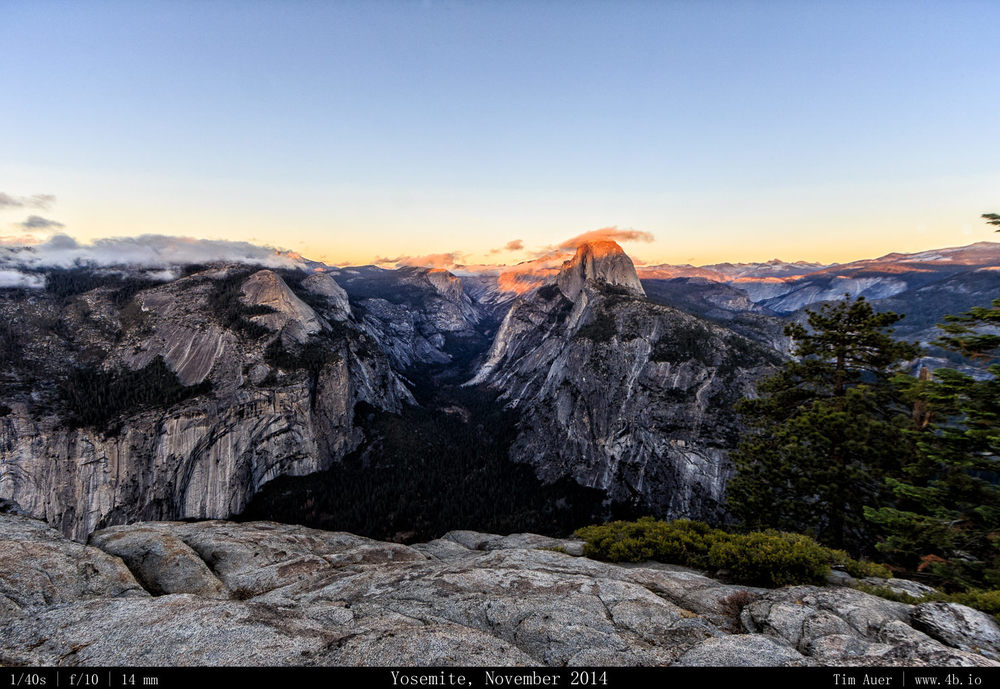
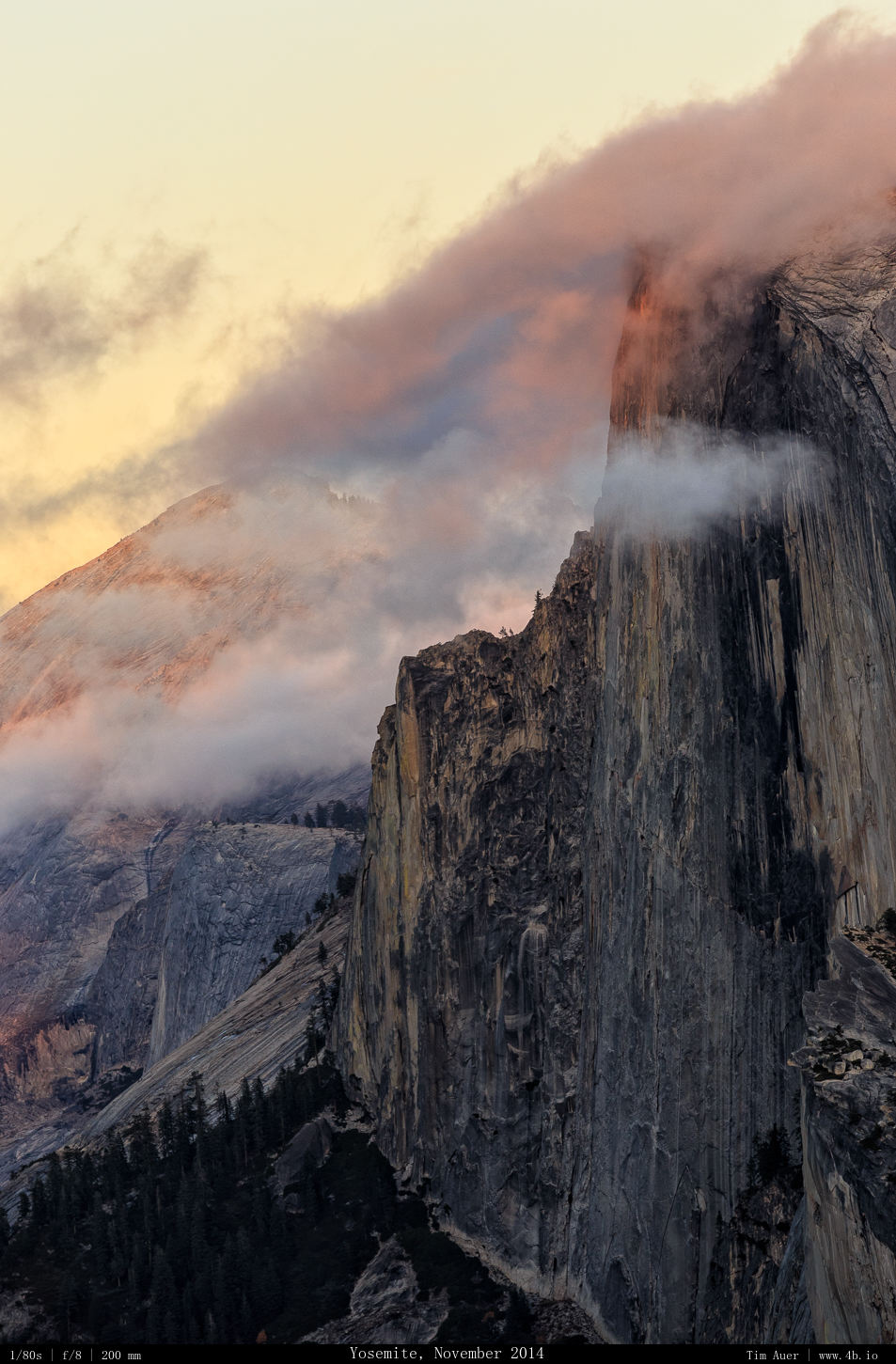
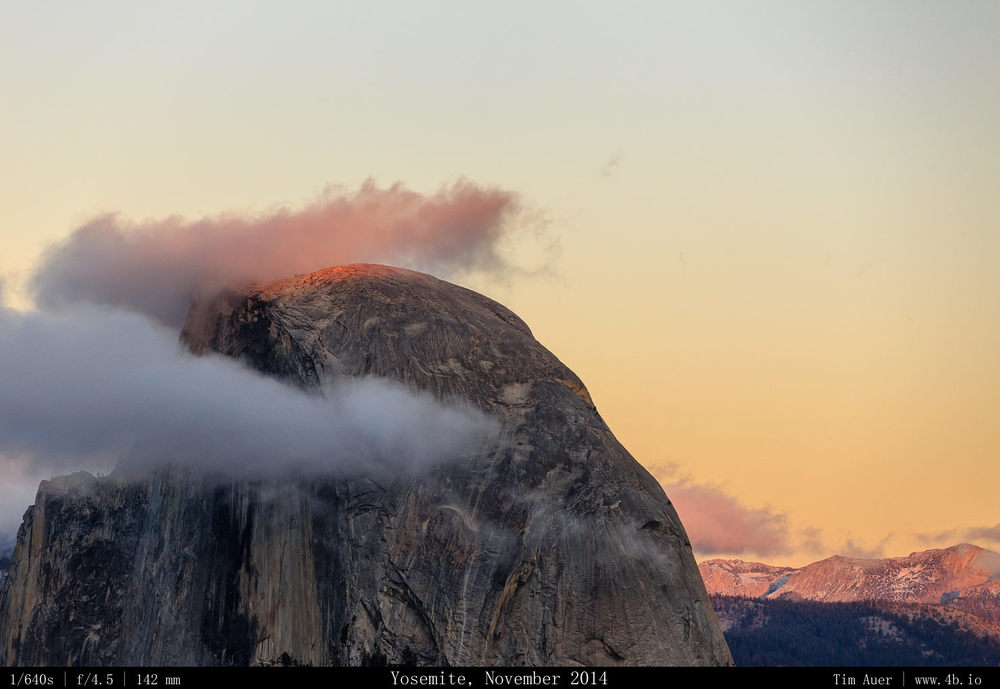
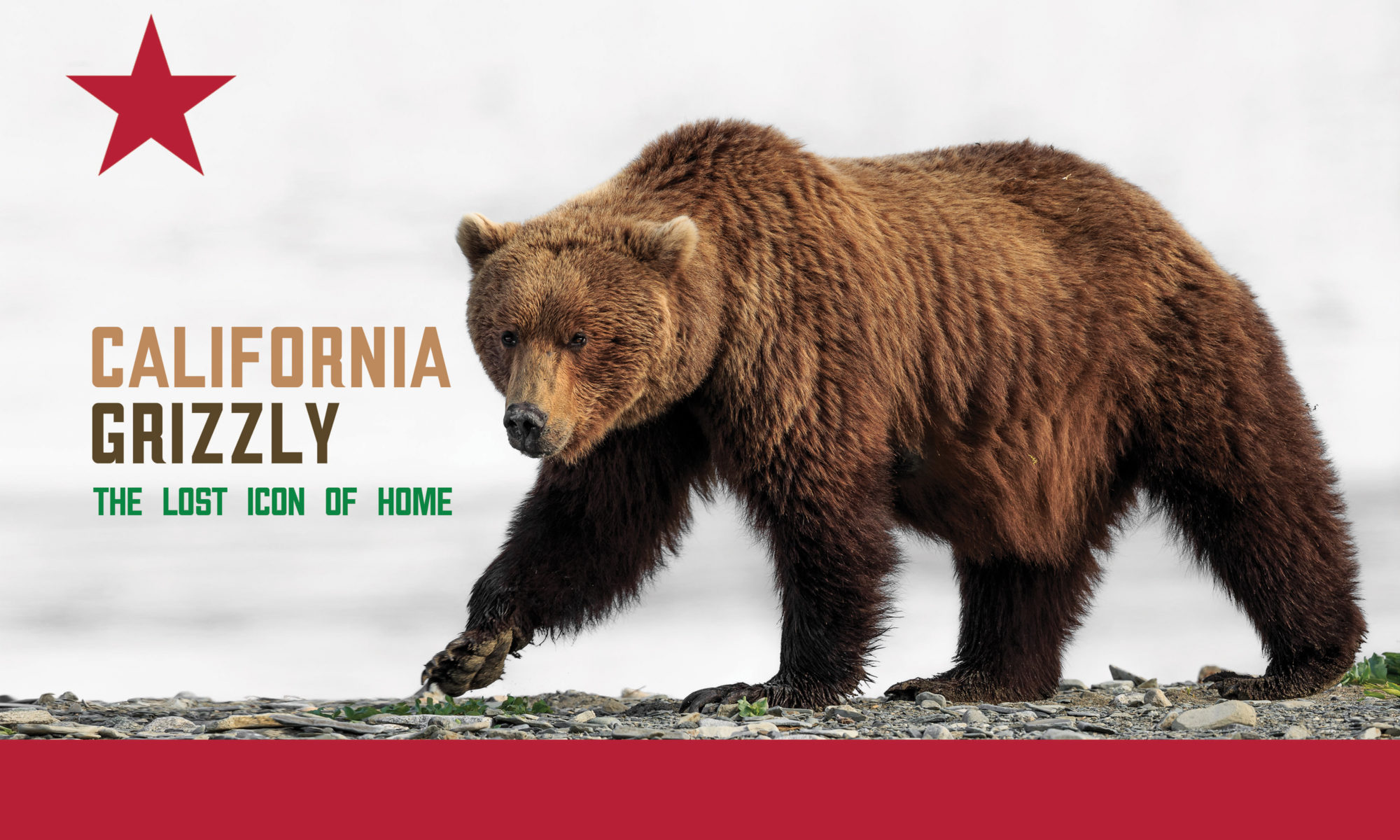
Tim Auer
Quick break from the Churchill processing to upload some photos from the group camping trip to Yosemite! Photos featured here are taken from Taft Point and Glacier Point.







After a dreadfully warm and dry winter in Yosemite, that offered almost zero possibility of a winter snowscape image. A mid-Spring visit proved to be the perfect opportunity for such a shot. On Friday April 25, 2014, Yosemite’s weekend weather forecast was foreboding. 100% chance of rain mixed with snow, mostly cloudy, and temperatures in the low 30s. But as is always been the case with the jewel of the Sierra Nevada, the terrible weather forecast didn’t ruin the weekend. In fact, these weather conditions enhanced it. I would rather visit Yosemite on a bad day, than a bluebird one.
Yosemite is frequently beautiful and sunny. And over the past year the beautiful and sunny days have greatly outweighed the cloudy ones. And no, this is not a proclamation about the California drought and how we desperately need rain here. This post is purely about the aesthetics associated with changing weather. The fact is (and yes, it is fact) Yosemite, like almost everywhere, is more interesting in a transition.

And in case you were wondering, more “interesting” typically translates to more “beautiful”.

A transition can be anything that is in flux, . Off the top of my head a few examples are changing meteorological conditions, such as weather (a clearing storm), changing seasonal/climate conditions (summer to fall), or changing astronomical conditions (sunrise/sunset, night/day). The astronomical transitions occur daily and will continue to do so until we cease to revolve around the sun. This can be precisely tracked and mapped. Sunrise and sunset is the baseline for all nature loving people. A seasonal transition is something that can also be tracked, albeit with less precision. But the seasons generally adhere to the defining characteristics of that location, governed by the position of the Earth. From the spring blossoms to autumn foliage, seasonal transitions are celebrated worldwide.
The real wild card here are the short-term meteorological variations, or the weather. Special weather conditions can create interesting (beautiful) conditions at anytime of day. It can also washout the day (with rain or too much direct sunlight), leading to images that may be tepid and uninspired. The weather is The seasonal variations do have their
Like a hand in poker, the weather remains unknown until the last moment.
Each variety of transition mentioned above, is, in someway, related to one another, generally stemming back to the power of the sun. The astronomical aspects influences the length of day, which in turn influences the seasons, which in turn influences the weather, but it is simpler to break it down into three distinct transition categories. Astro. Seasonal. Weather.
If it is possible for all three transitions to simultaneously come together, you will be rewarded with something special. And this was the situation at sunrise Saturday morning, April 26, 2014, at Yosemite National Park. Here are some photos from that day in the park.
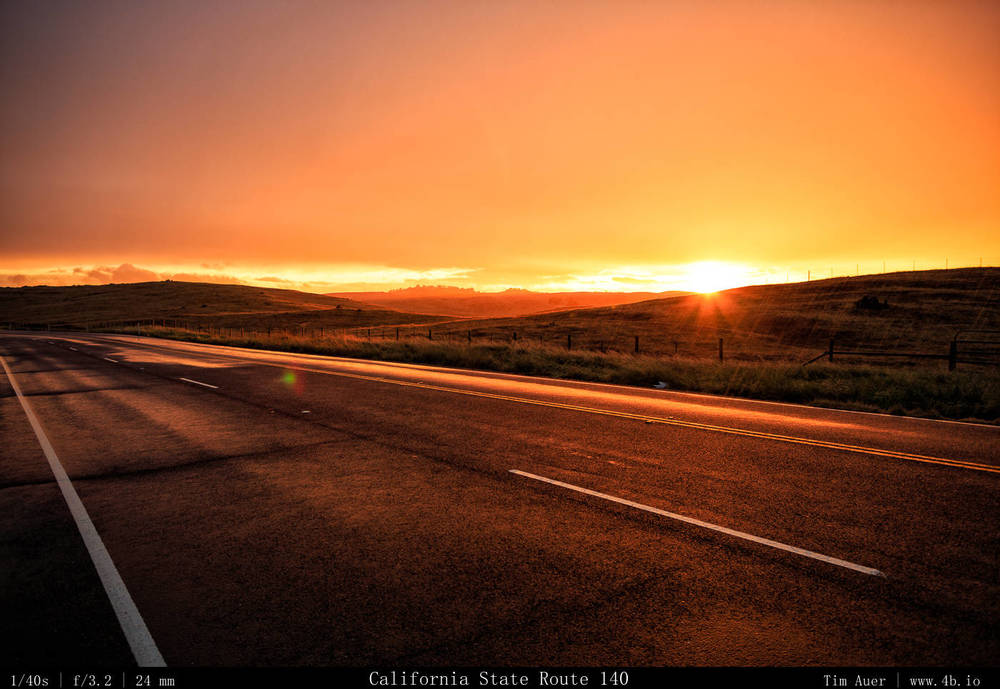
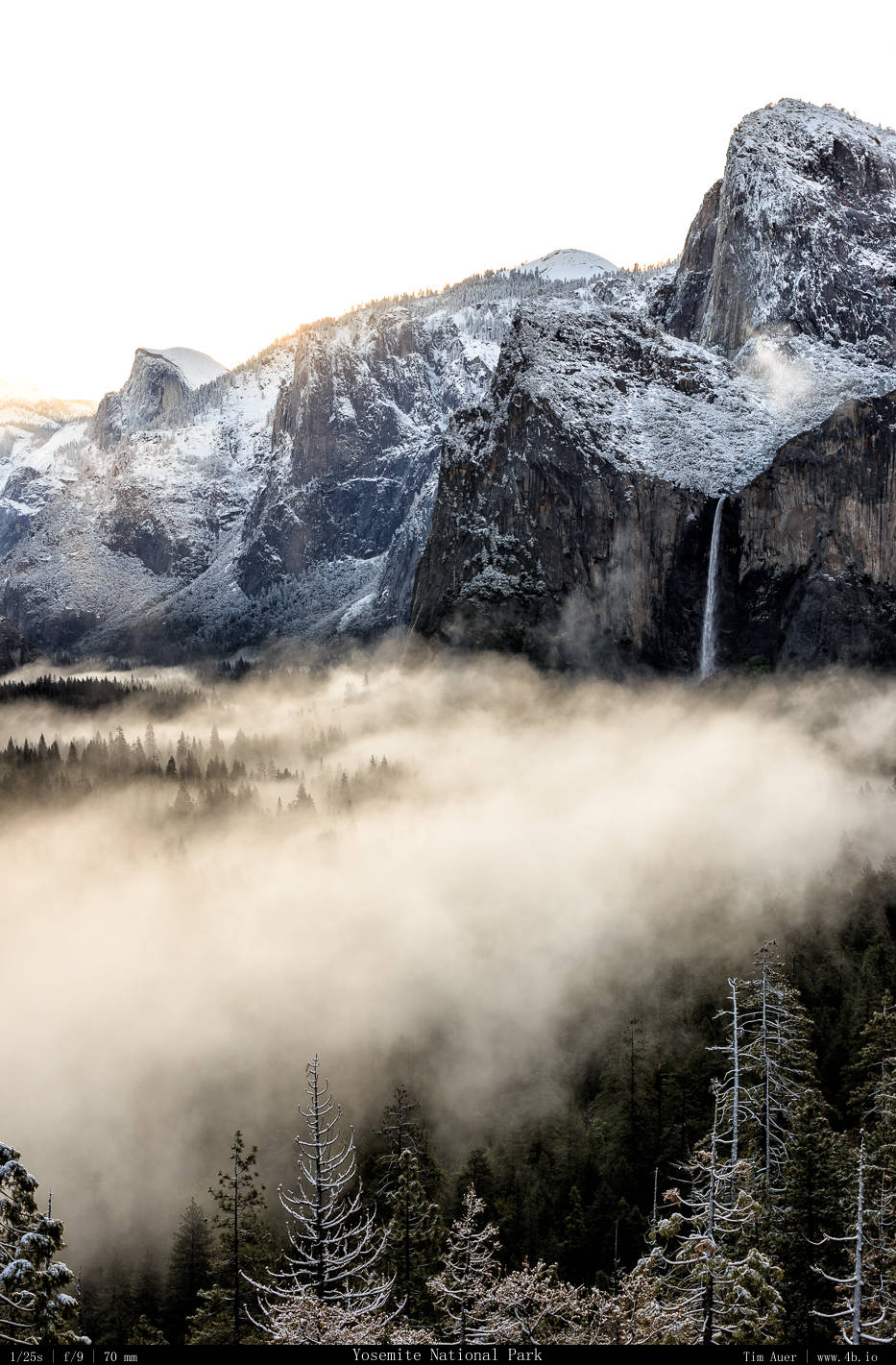
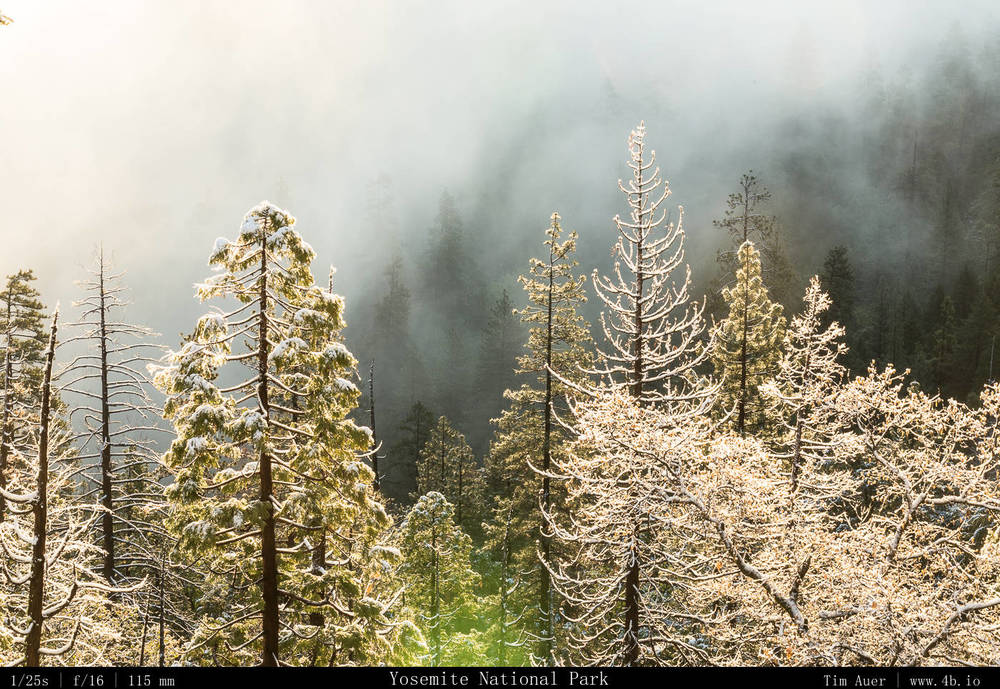
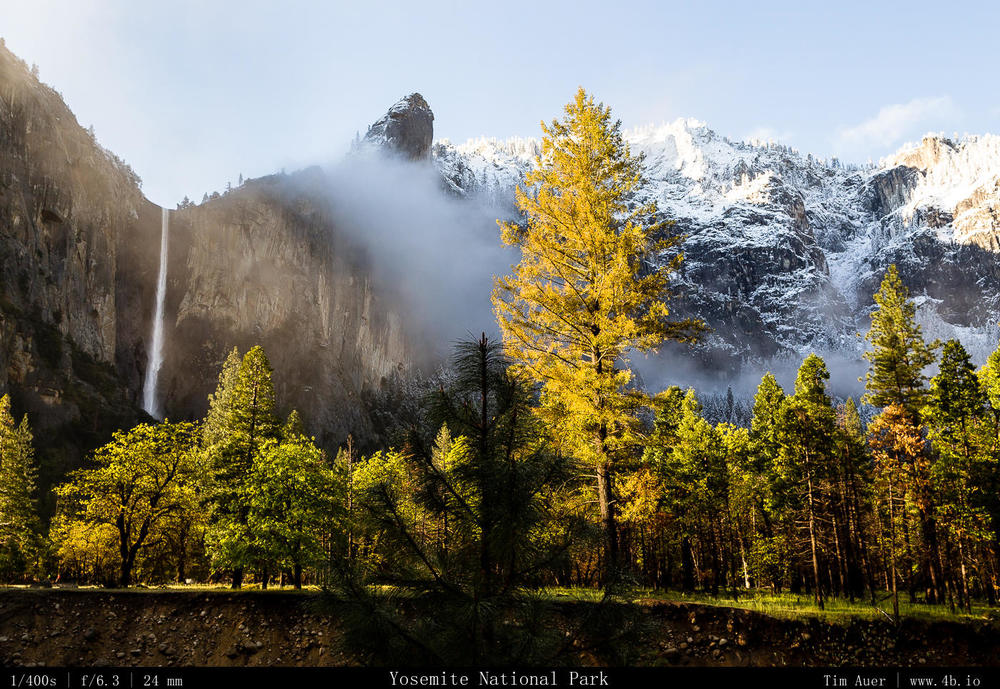
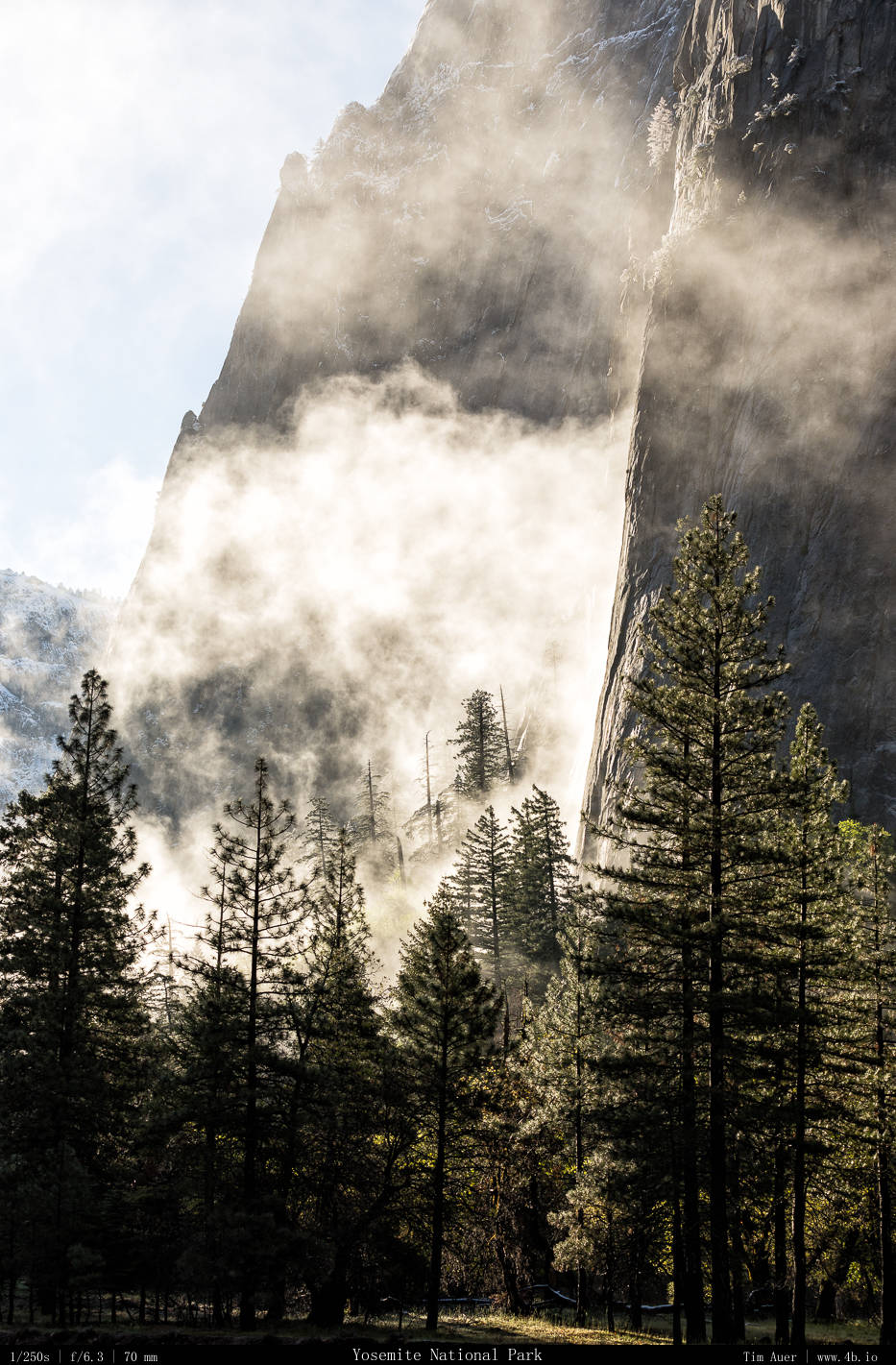
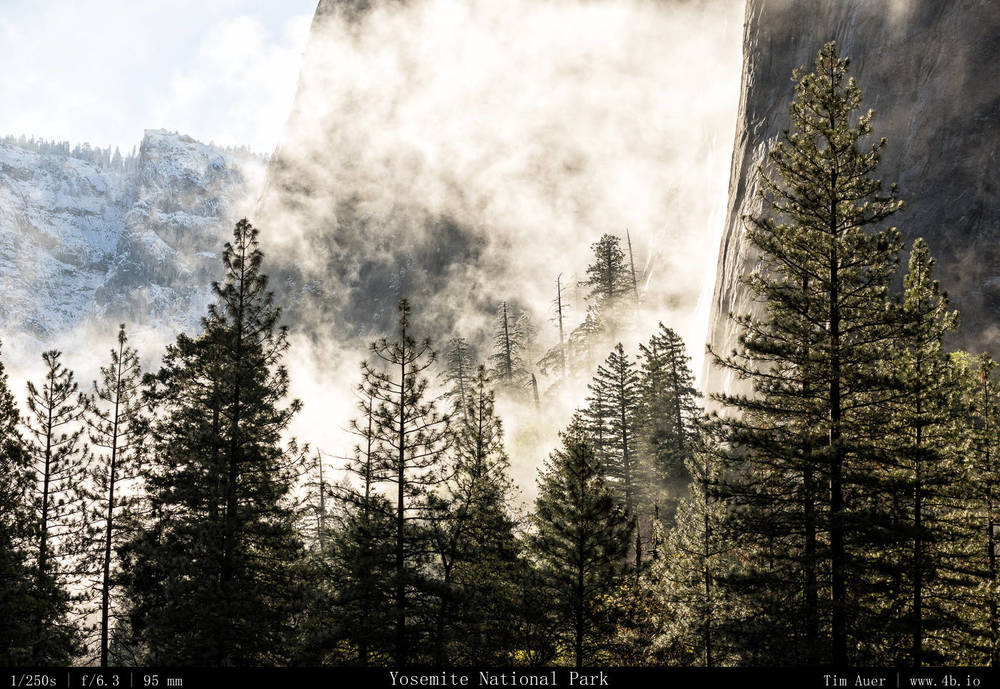
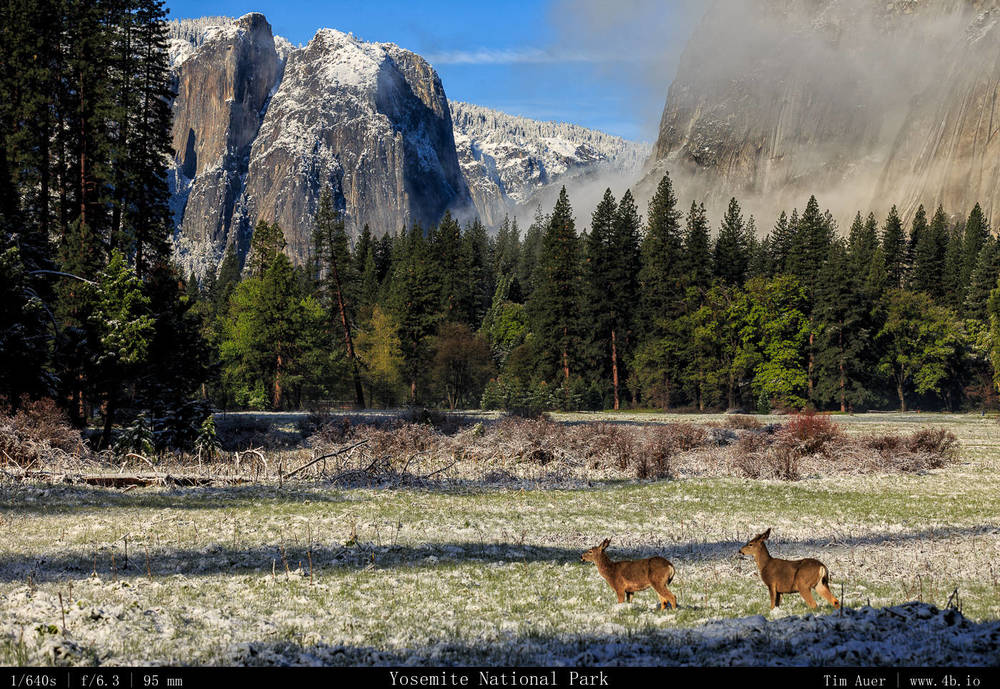
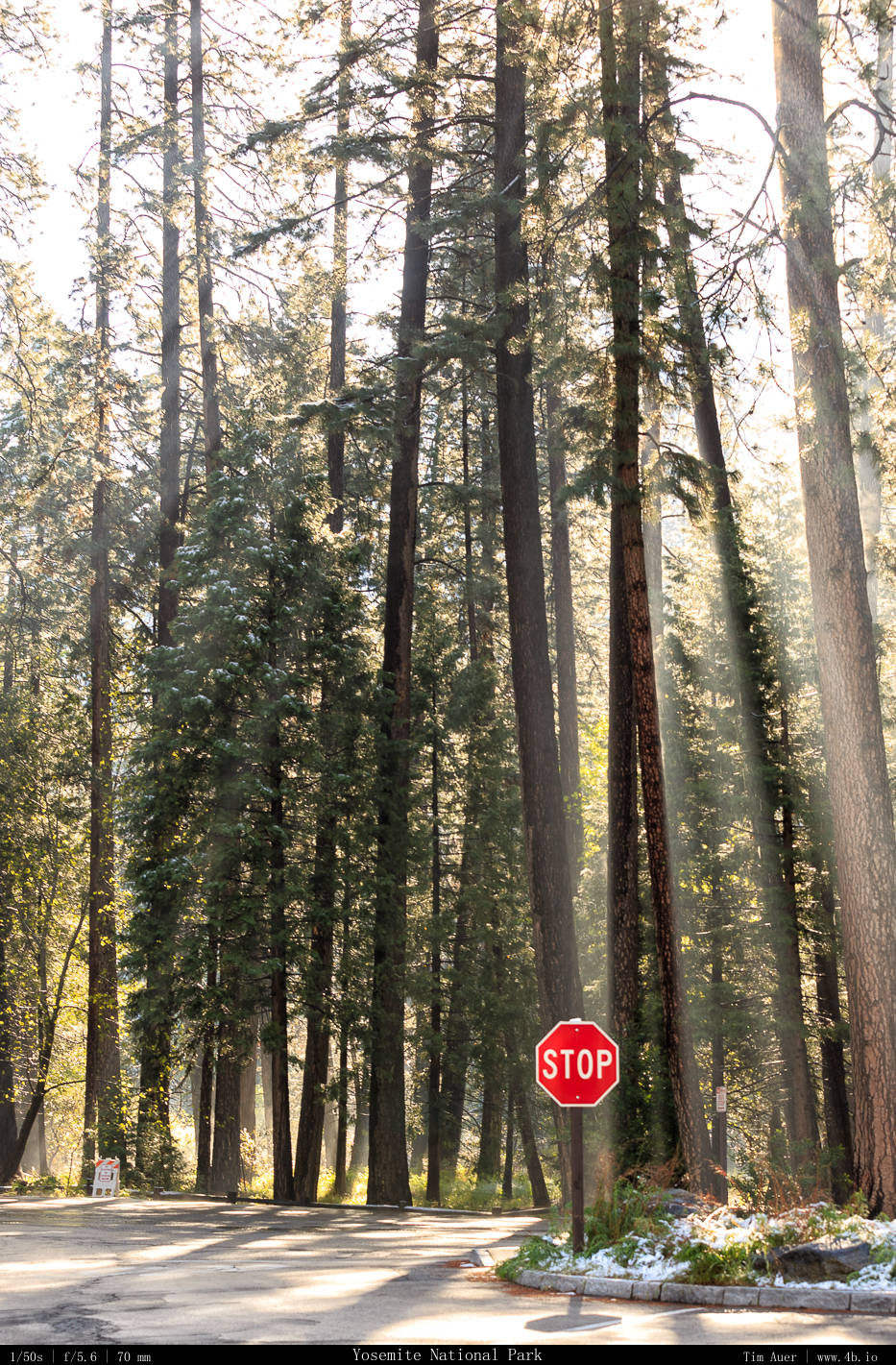
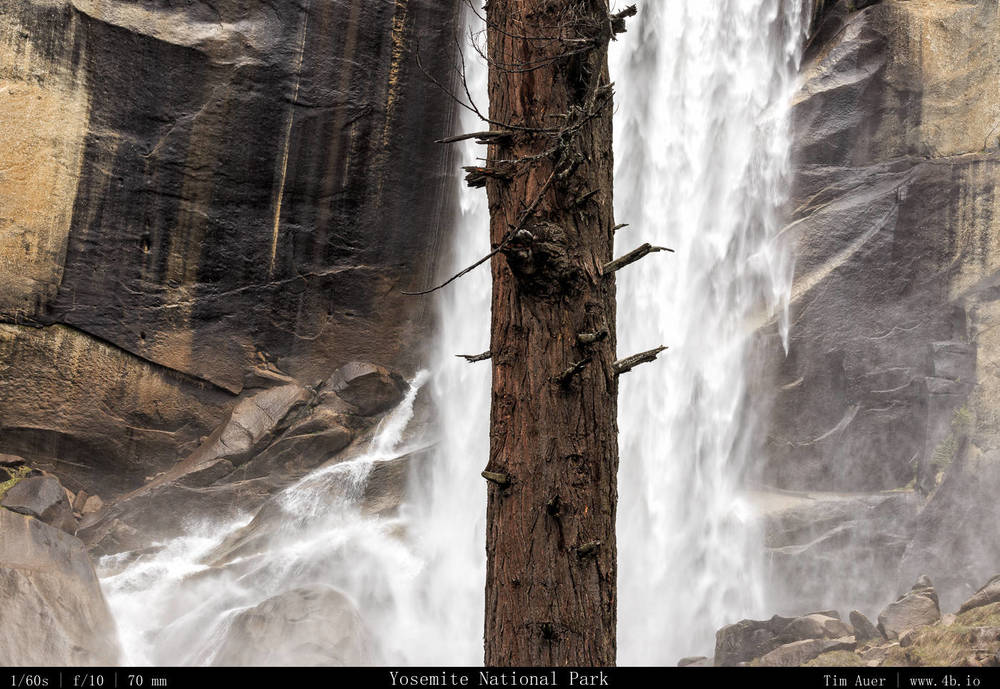
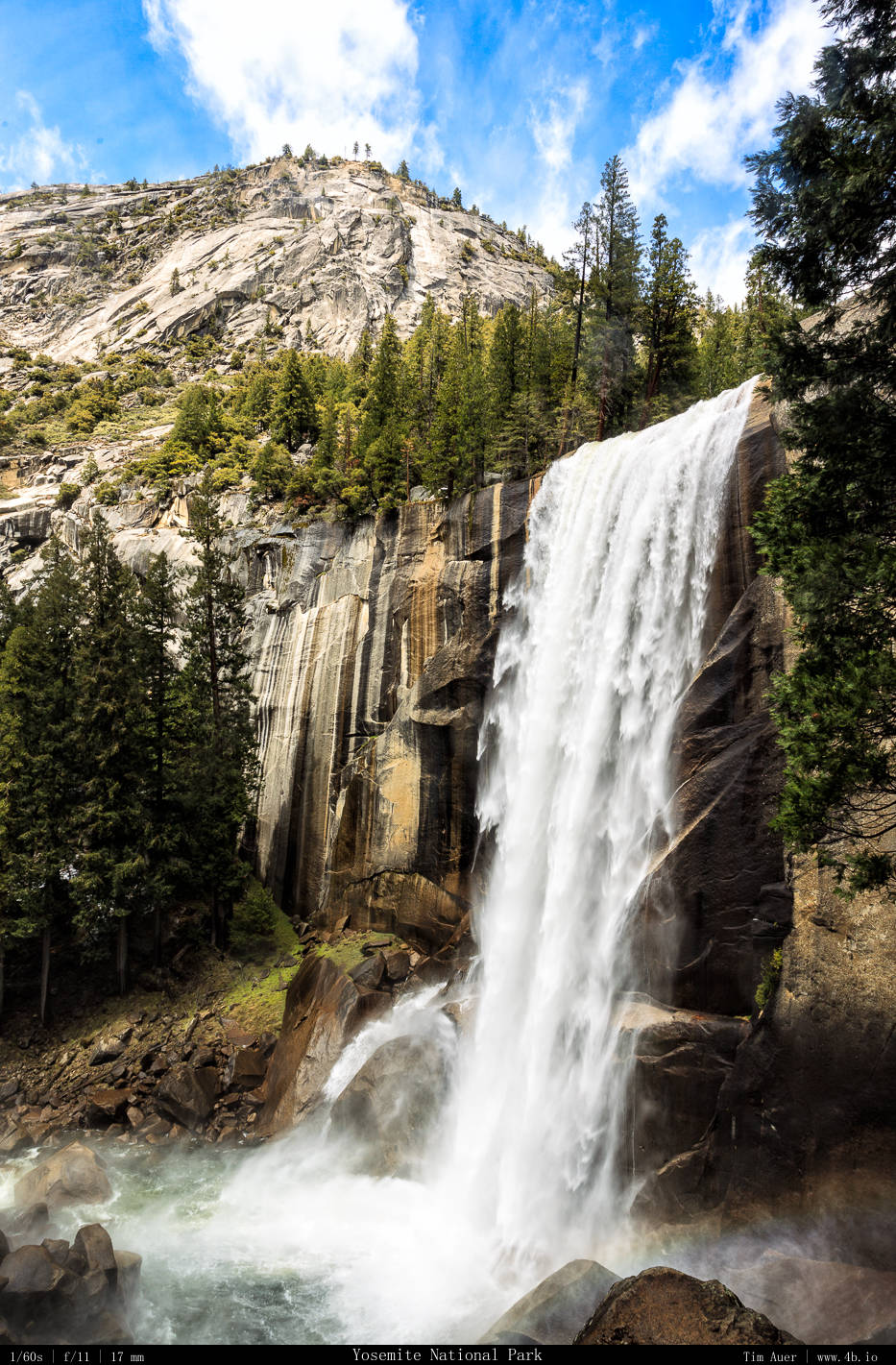
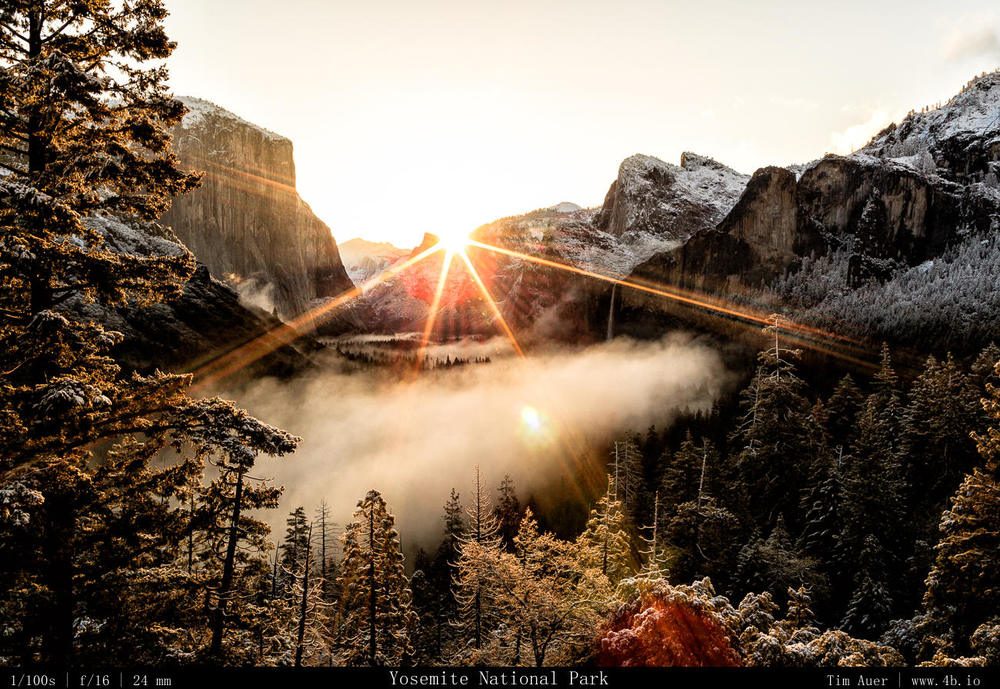
November 22-24 was a nice weekend spent in Yosemite Valley. The previous week’s snow and high winds kept the passes closed throughout the weekend (and eventually turned out to be closed for the season). While initially disappointed by this limitation (the high country will soon be closed for the next 5-6 months), it turned out to be nice, because it forced us to focus on the valley and find suitable photographic opportunities there. Once the pass is closed for the season, I will be able to pursue new areas off the beaten trail in the valley this winter.
On Friday morning, before work, a high wind warning was issued for the central and southern Sierra Nevada, closing all Yosemite campgrounds. From the reports, this wind storm seemed serious, sustained winds of 40 MPH with gusts over 65 MPH on Valley floor and 100MPH winds along the high ridges. The original plan to stay in Camp 4 Friday night had been derailed. But instead of postponing the trip for a night, I was actually encouraged by the challenge of finding a suitable place to sleep in or near the park….We left Mountain View at about 16:30 on Friday afternoon and arrived to an entirely still and quiet Yosemite. There was barely a breeze. Nor were any of the roads debris strew. The hopes were high that the NPS would have lifted the closure. No such luck, the campgrounds would stay closed until late into the next morning.
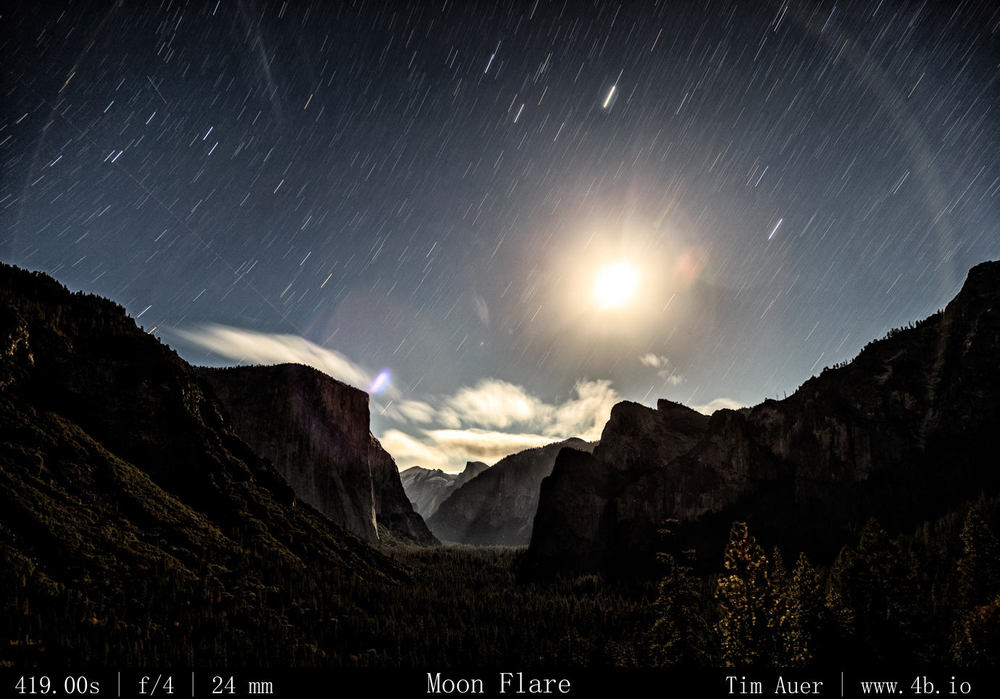
Once we arrived in the park, we followed the loop to see if there was any wind damage, then went straight to Tunnel View for long exposure photography of the valley, under the power of the waning Gibbous moon. We shot long into the night there. Initially, I had thought about climbing the Pohono Trail at the Wawona tunnel and doing time lapse photography at Artist Point, and, should we so desire, sleep on the Old Glacier Point Stagecoach Road. But given the high wind warning (despite there being no wind), it wasn’t worth the risk to to ascend in elevation.
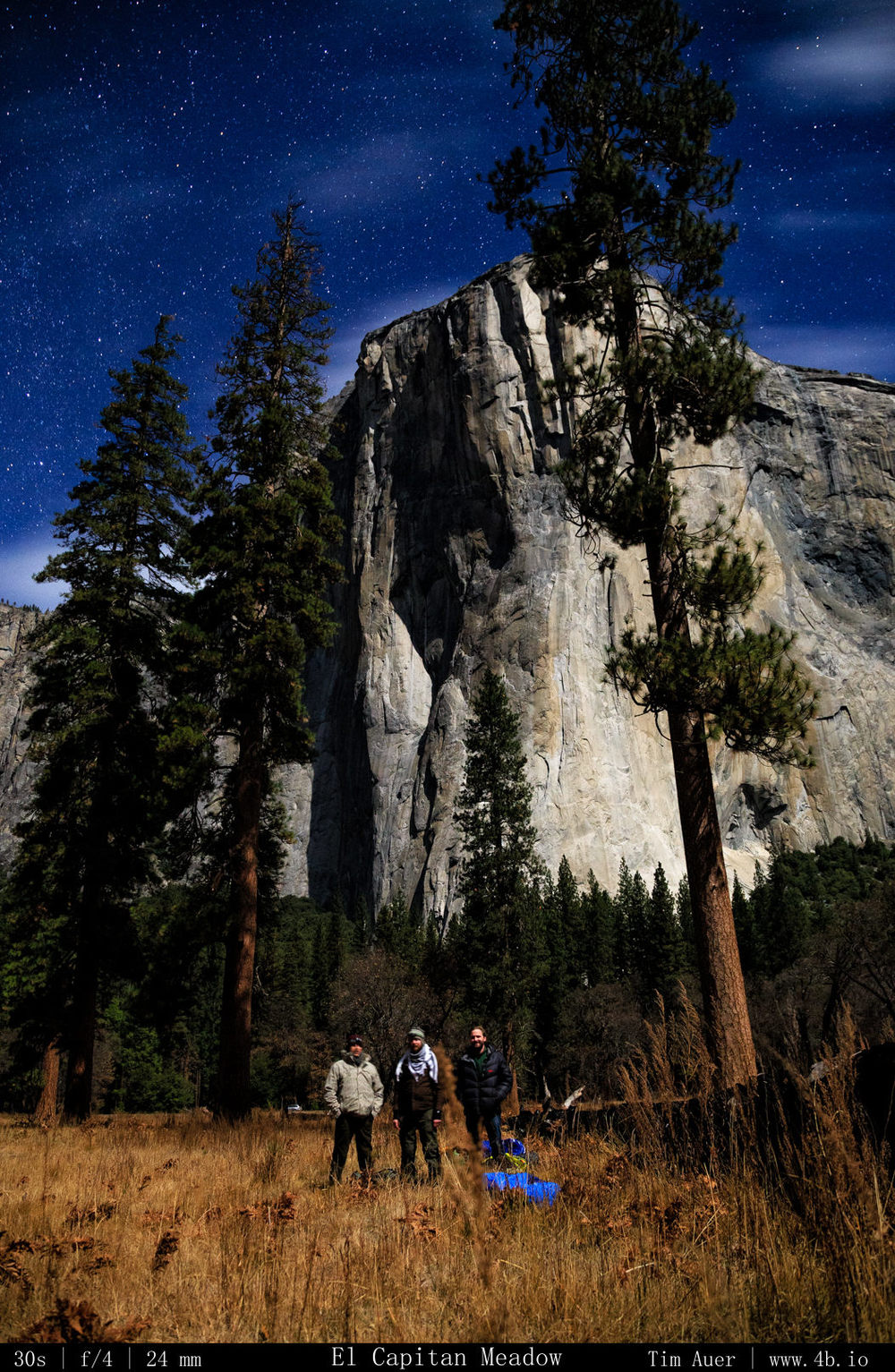
After completing a couple laps of the Valley Loop at about 03:00-03:30, the El Capitan Meadows proved to be the best spot for “stargazing” for the rest of the night. While walking through the meadow, looking for a spot that gave unobstructed views of both El Capitan and the Cathedral Rocks, we came upon the trunk of a massive Sugar pine resting on the meadow floor. It had fallen long ago and was half burned out. But it was massive and shielding us from the Northeasterly corner of the valley and obscured us from the road. We settled in for a couple hours of ‘rest’.
It was a nice nap there. I did some long exposure photography of the Cathedral Rocks and ever changing cloud+star combinations. It is rare to be disappointed by El Capitan when it is towering over you as you stare up at it in a sleeping bag. By now the temperature was dropping rapidly below the dew point, and the moisture was freezing on everything, I decided to burrow deep into my mummy bag and watch the stars till the arrival of morning twilight.
The Steller’s jay doesn’t wait for sunrise to begin their squabbling. A pair of the birds made their disposition abundantly clear in the pre-dawn hours. After being jarred awake by the birds, we took in the tranquility of Yosemite Valley at 06:00. Frost was covering the grasses, tree trunk, and of course the sleeping bags.
But the bags performed their duty well, and despite the short amount of rest, having the rare opportunity to wake up, undisturbed, on the floor of one of nature’s greatest monuments is truly special. The crisp air and a frost glistened view of El Capitan were the first experiences of the morning (after the jays). I felt rejuvenated.
The goals for Saturday weren’t overly ambitious, but I was hopeful that the passes would be opened, but, again, they weren’t. We returned to Tunnel View for the early morning perspective, after seeing in washed in moonlight. Then we picked a spot and set up in Camp 4, which by late morning was officially reopened. Afterwards we went for a hike along the Merced River, looking for the last splashes of autumn colors and reflections. Came back to the campsite and relaxed for a couple hours in the mid afternoon glare. Did some wood chopping with the axe Matt gave me for my birthday. Sunset photography was going to be in one of my favorite spots, the Columbia Rock, 1000 feet up the valley wall along the Yosemite Falls trail. With 60 switchbacks, the hike is a 3 mile vertical climb that is extremely grueling, even without the excess camera gear.
The sunset was interesting, the clouds were in constant motion, draping and covering Half Dome and Clouds Rest for extended periods, but would break up for brief instances and yield dramatic views of the rock formations splashed with rich, pink light. We stayed at Columbia Rock shooting until the end of Nautical Twilight and begin the steep descent back in the dark.
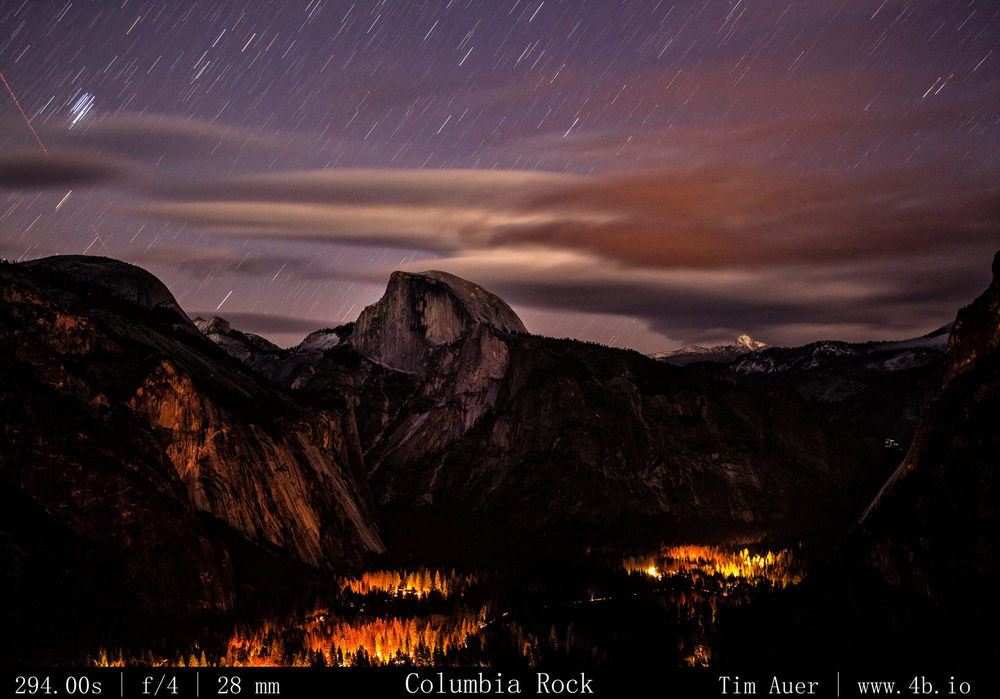
After hiking back to Camp 4, we had dinner and Chad made a big fire. The last bit of photography I had in mind for this trip was to catch the moonrise over the valley wall from the “Gates of the Valley” view. The moon was scheduled to rise at about 22:00, at the horizon, but wouldn’t make it above the valley wall until well after 23:00. So I took my time and ventured out at around 22:45 to the Valley View location. crossing paths with couple coyotes in the process. I had two cameras firing from multiple positions. In fact, I took advantage of the low flowing Merced to set up out in the river. Seizing the opportunity to shoot from vantage points typically inaccessible at other times of the year when the water volume is higher. The conditions weren’t particularly easy to shoot in. Waves of fogs and mist would glide through the valley floor in irregular intervals, influencing the air temperature in the process. Before the fogs, it would be a few degree below freezing, as it rolled past the temperature would rise above freezing, only to drop again after it was gone, and leaving a coat of ice on my lenses. As the frequency of “fog waves” increases, I had to drastically decrease my exposure times to allow lens defrosting. Before the fogs, I was doing 900 s exposures, by the time I had had enough, I was down to 250s exposures.
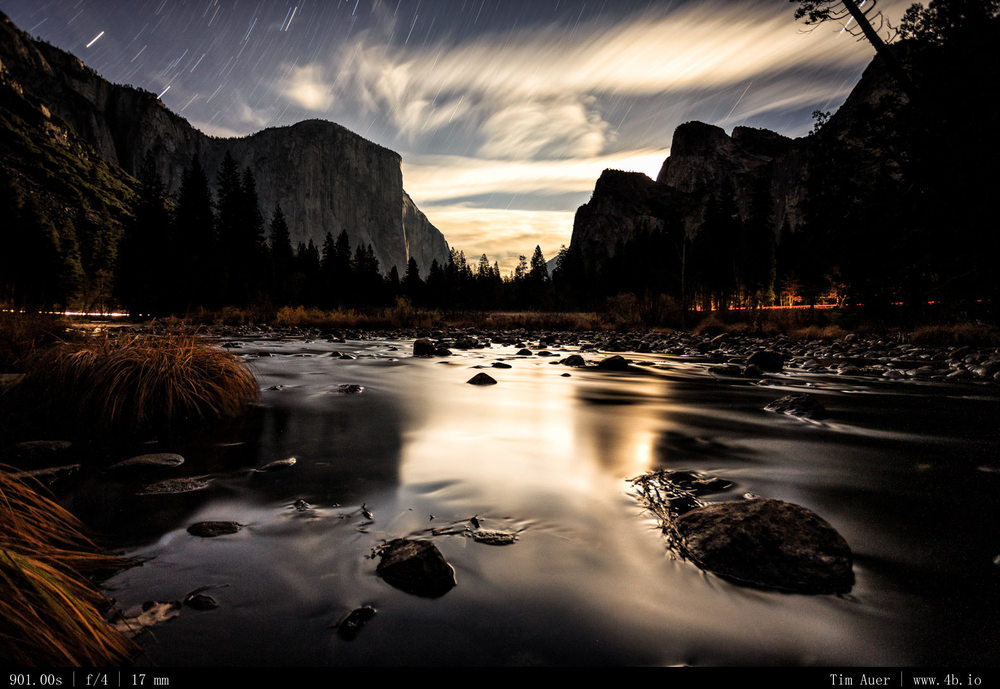
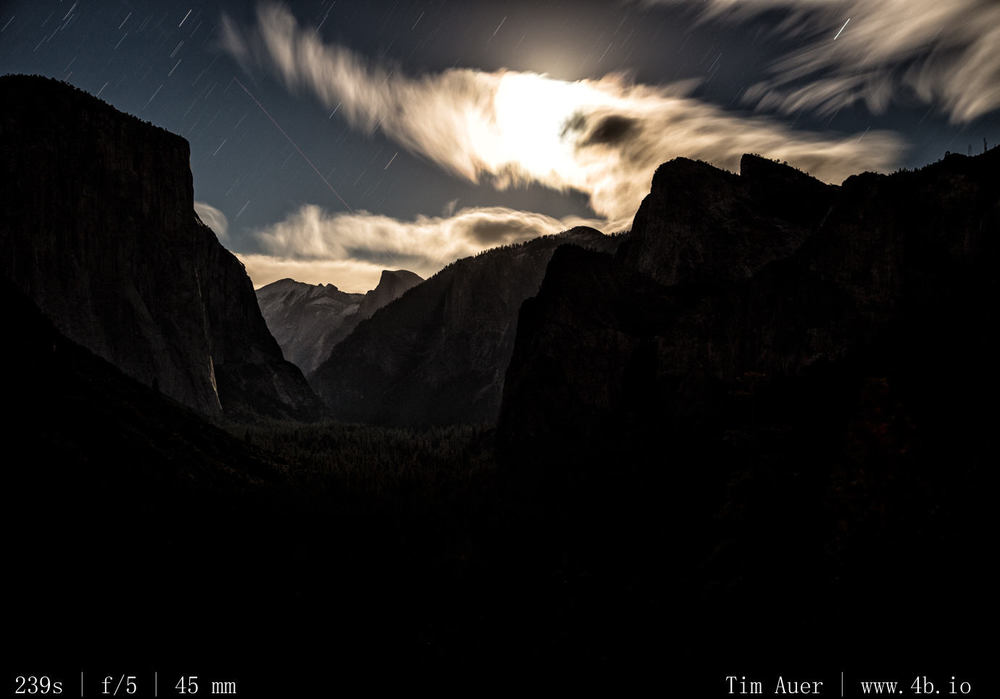
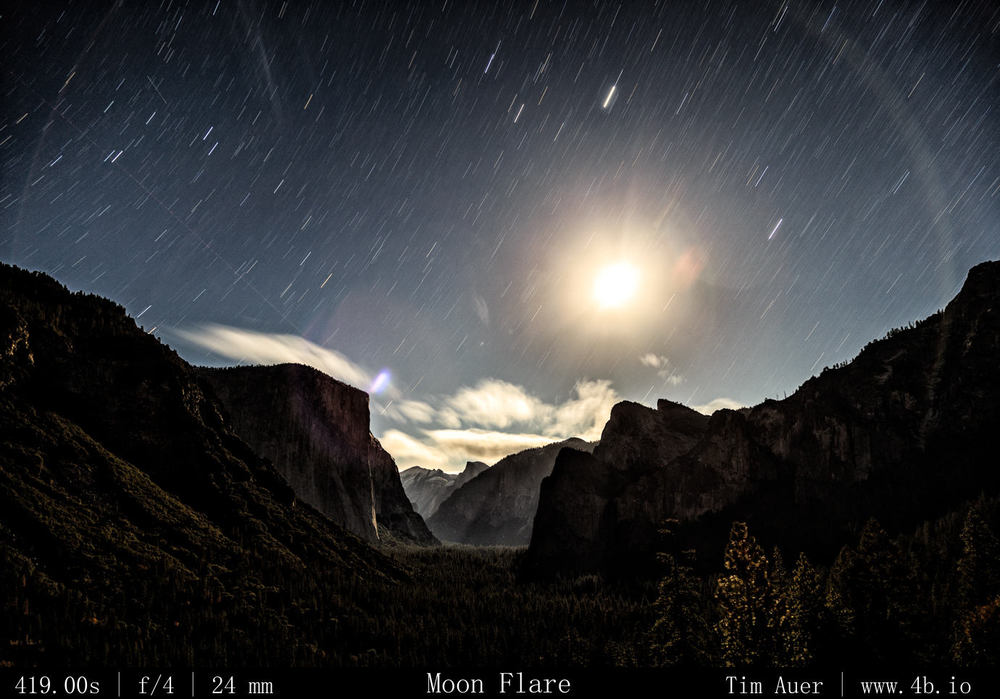
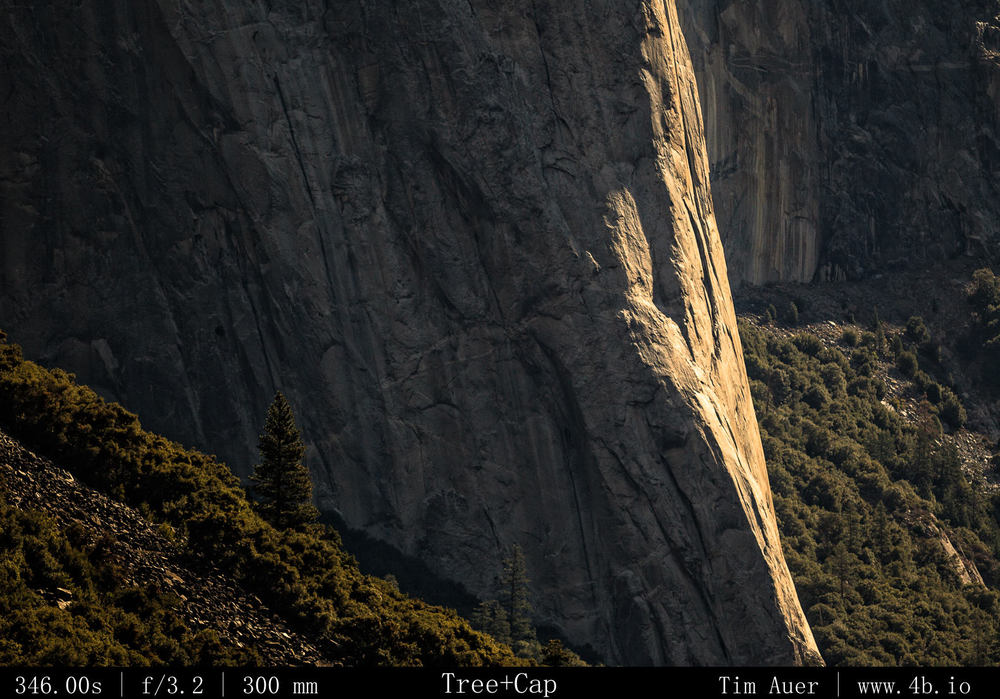
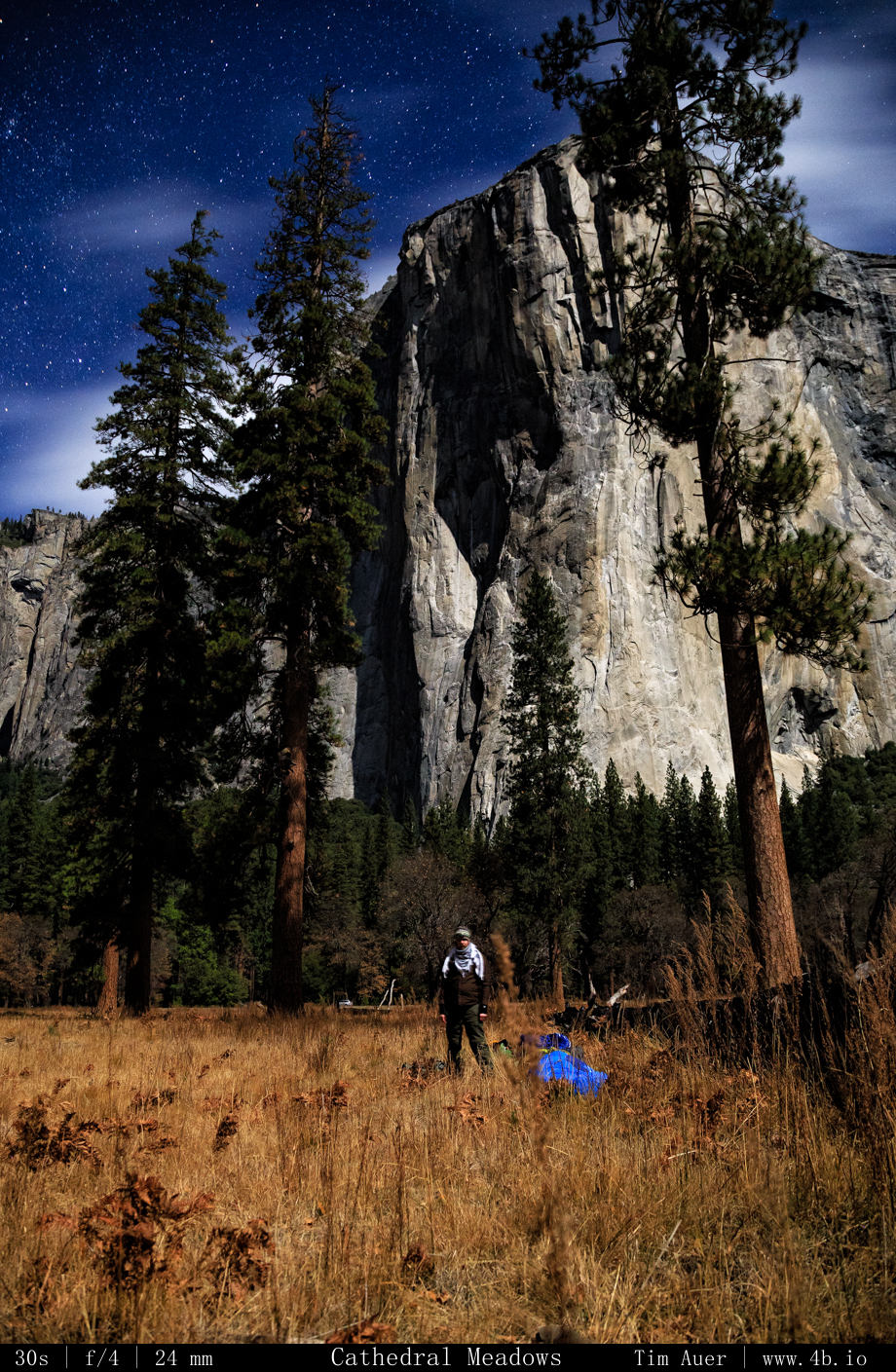
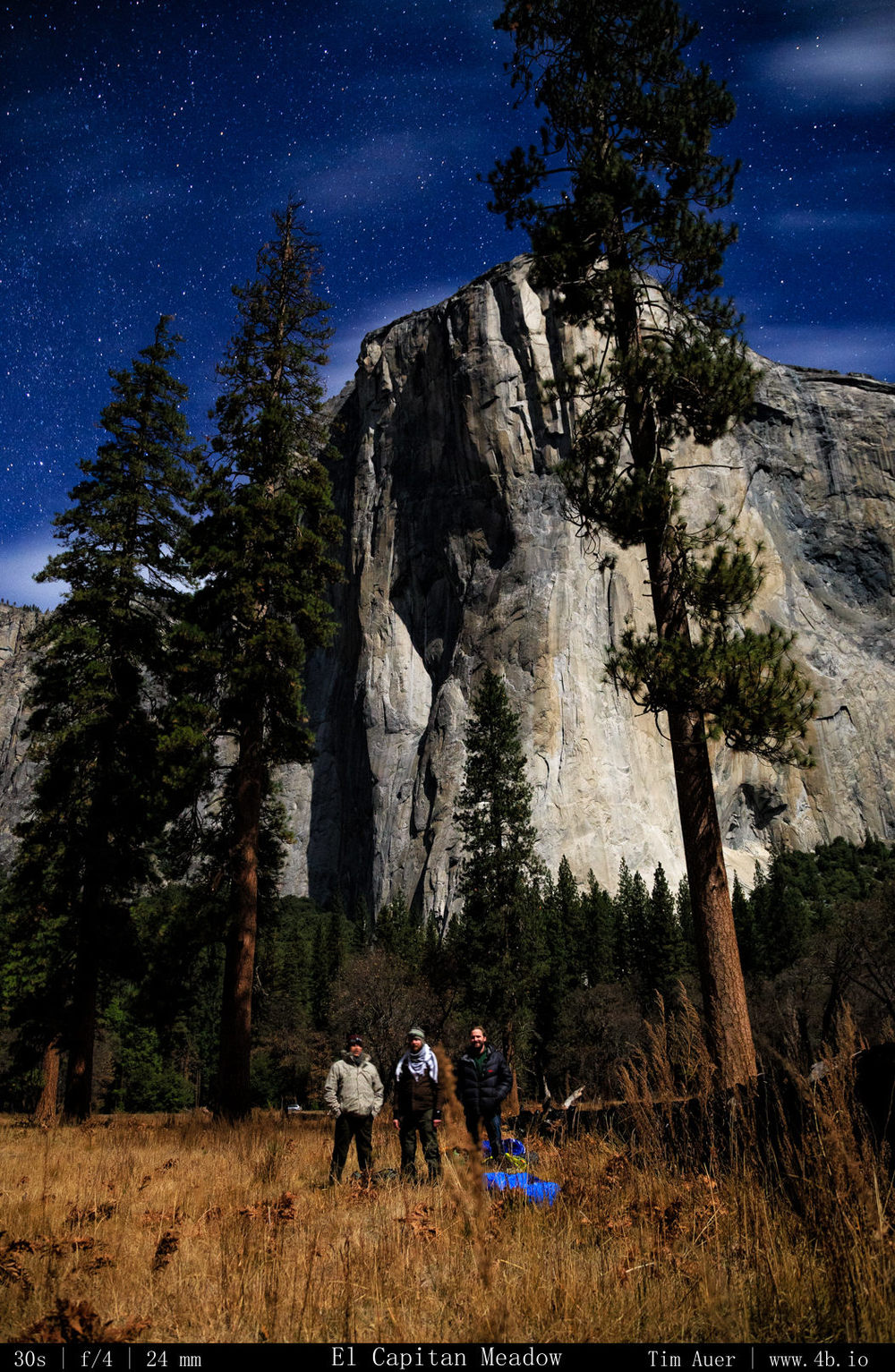
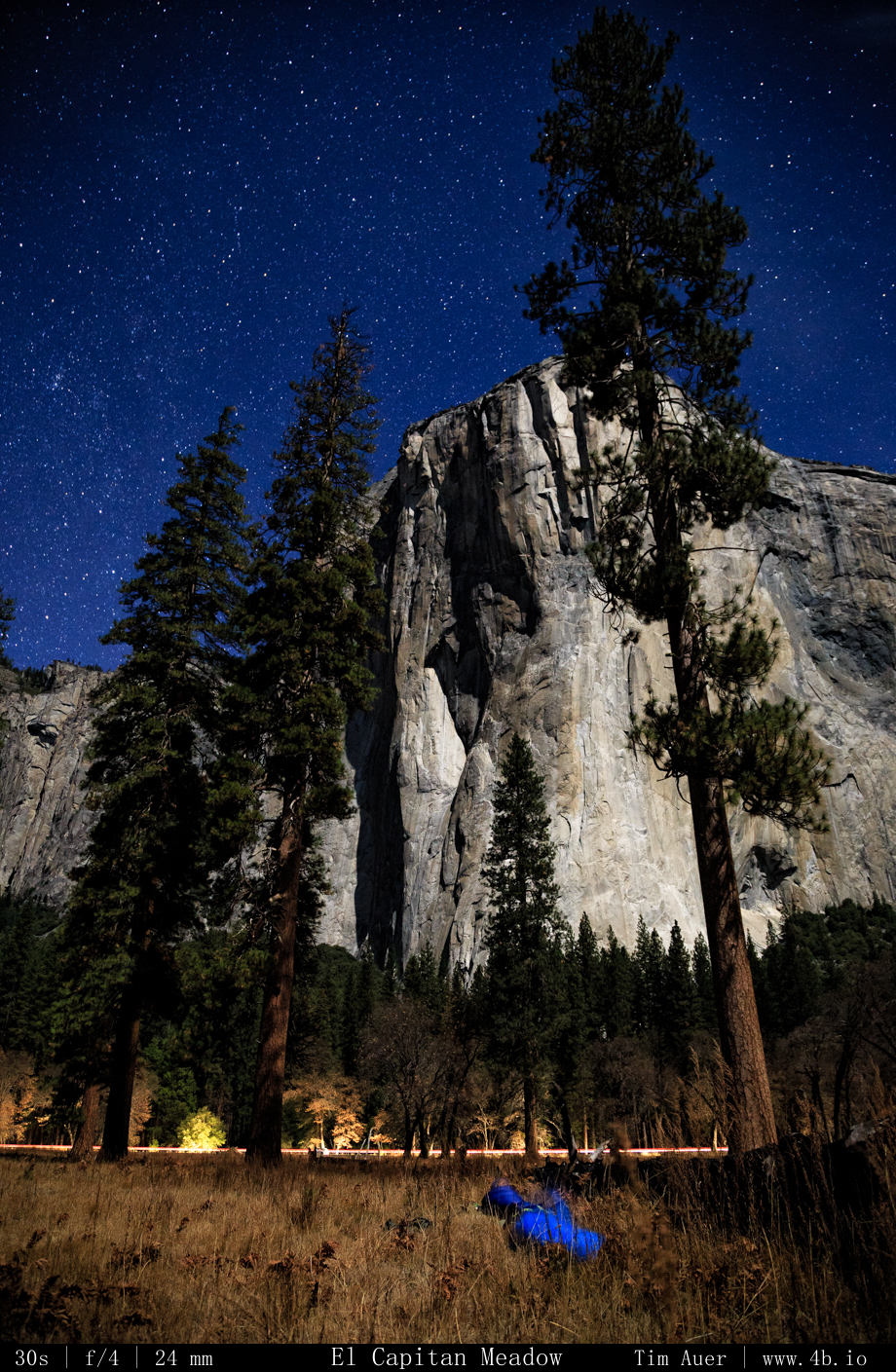
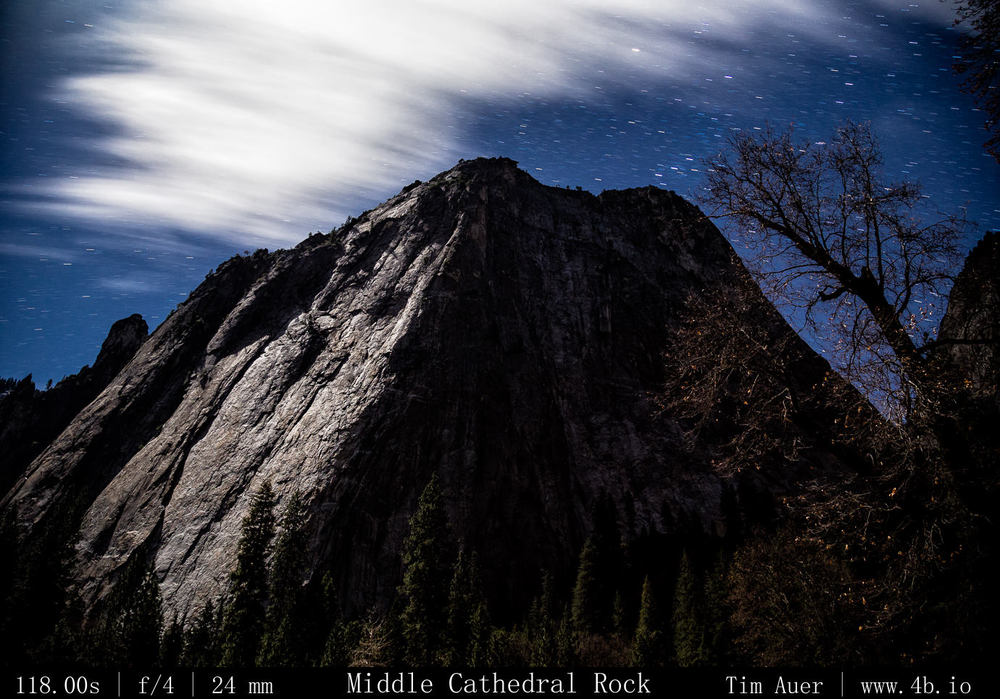
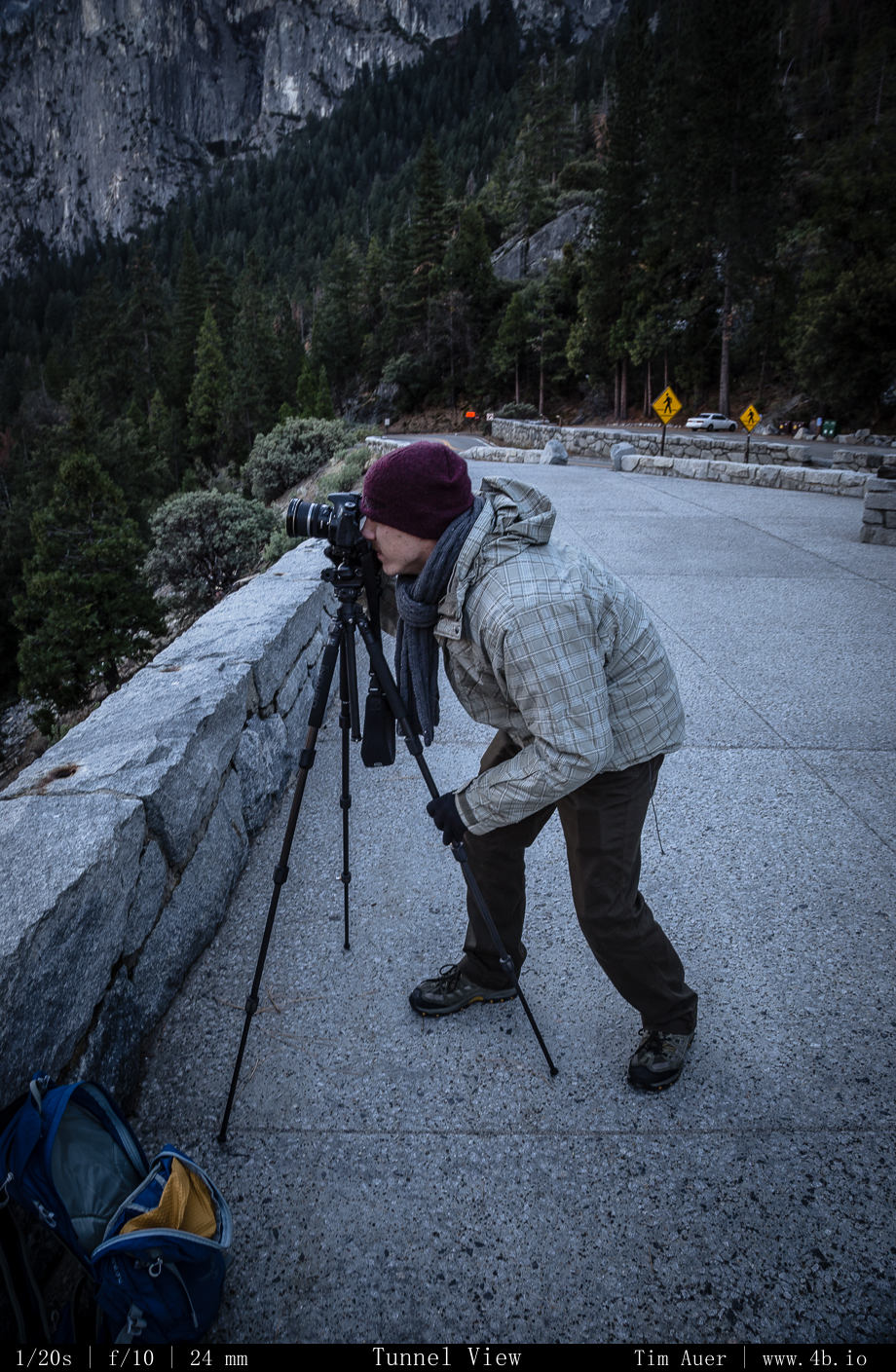
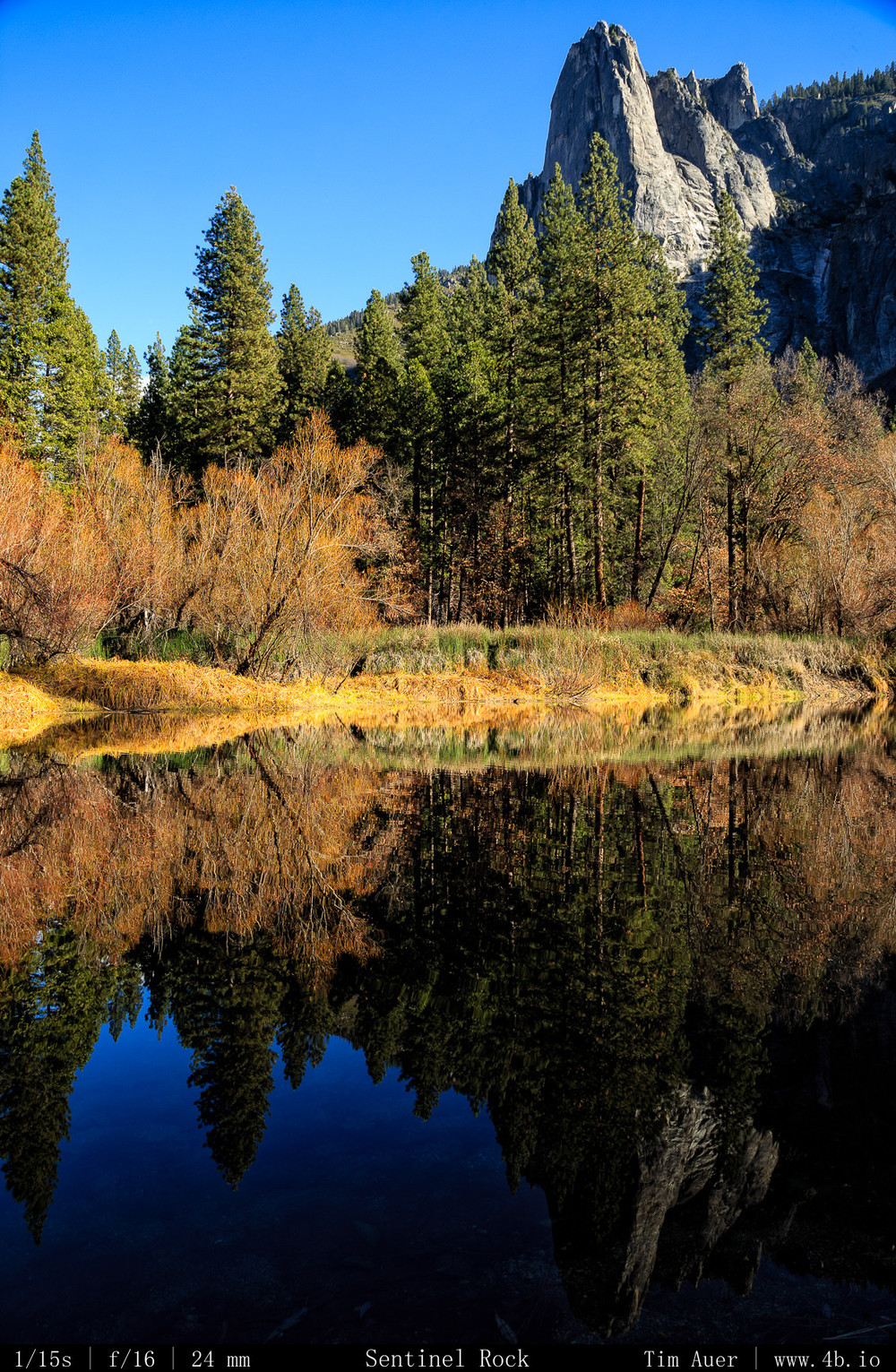
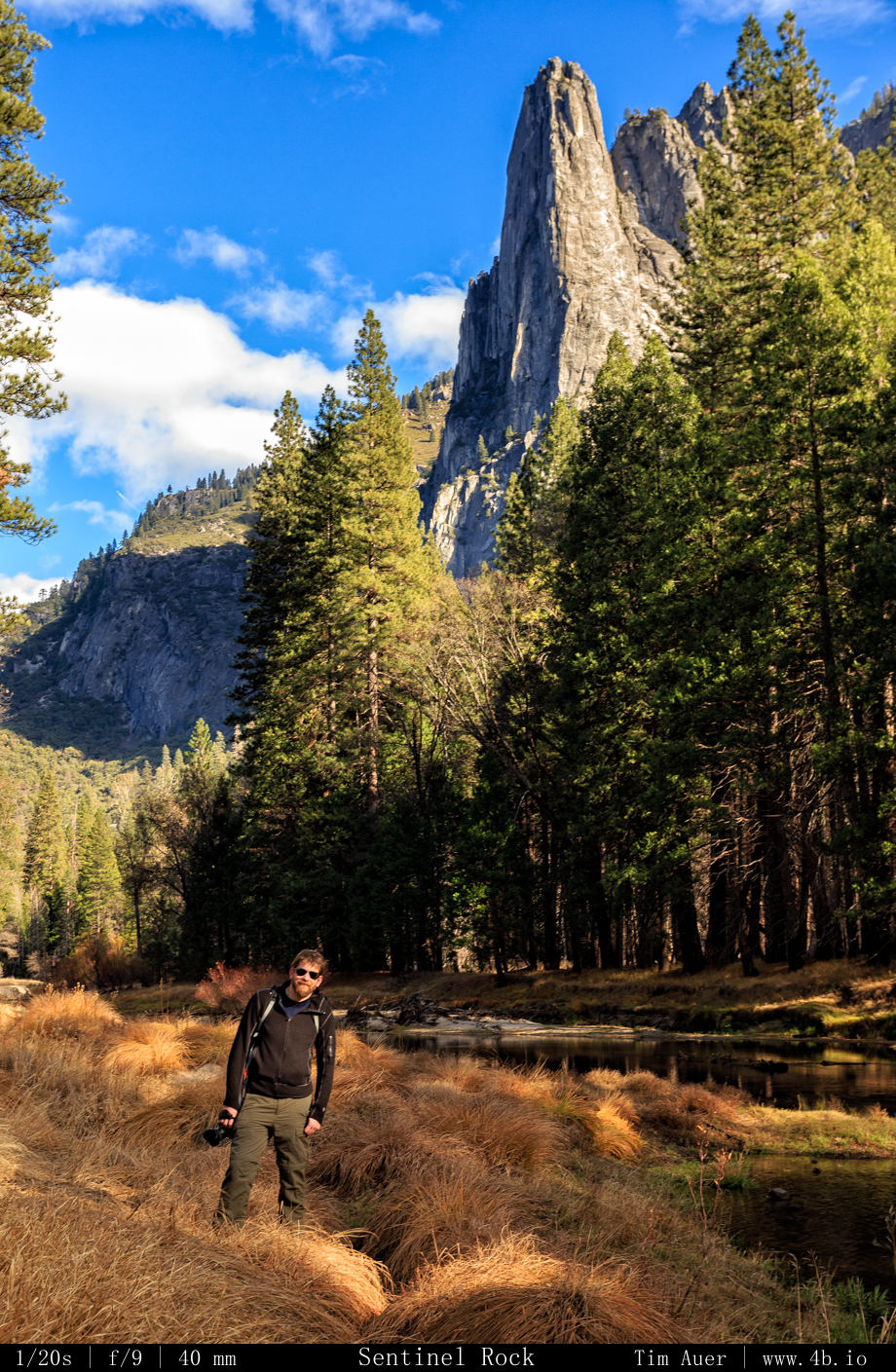
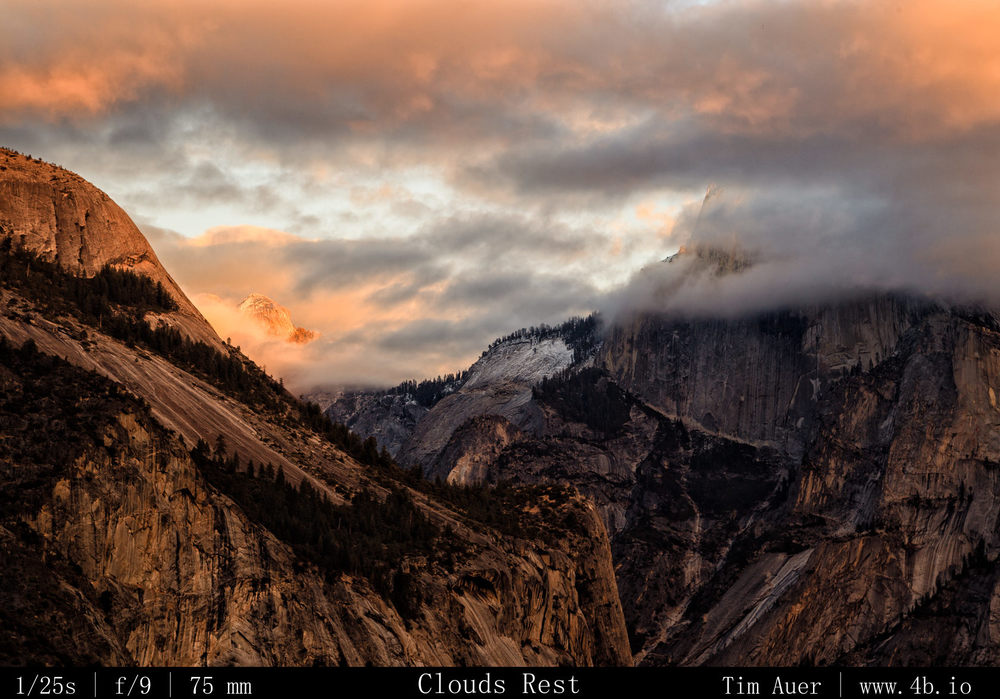
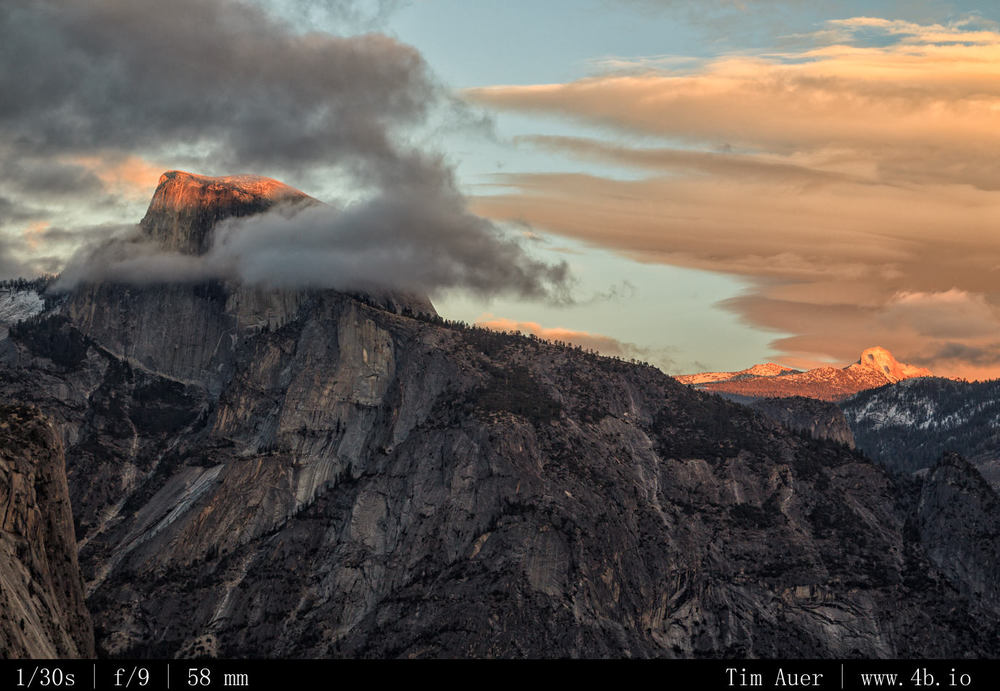
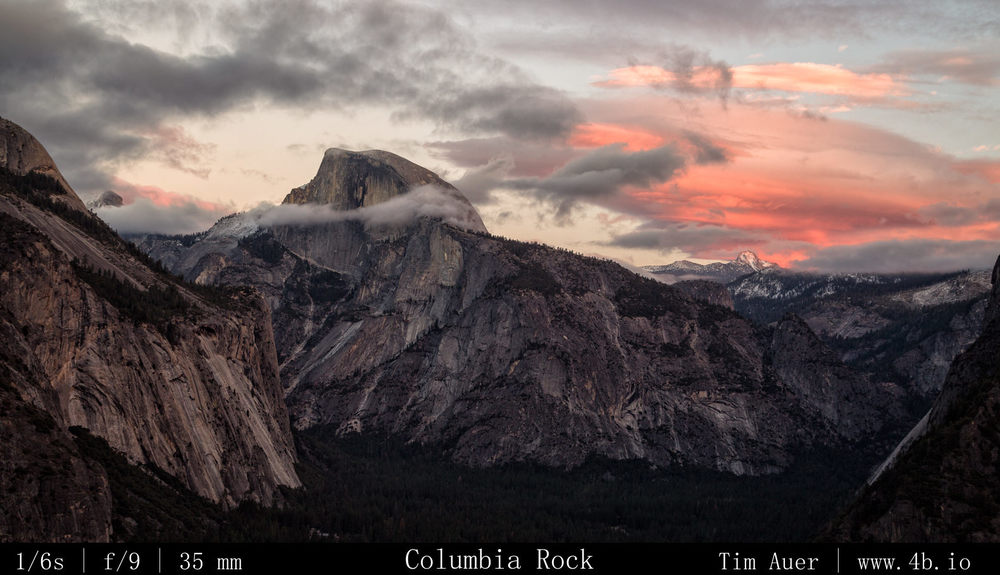
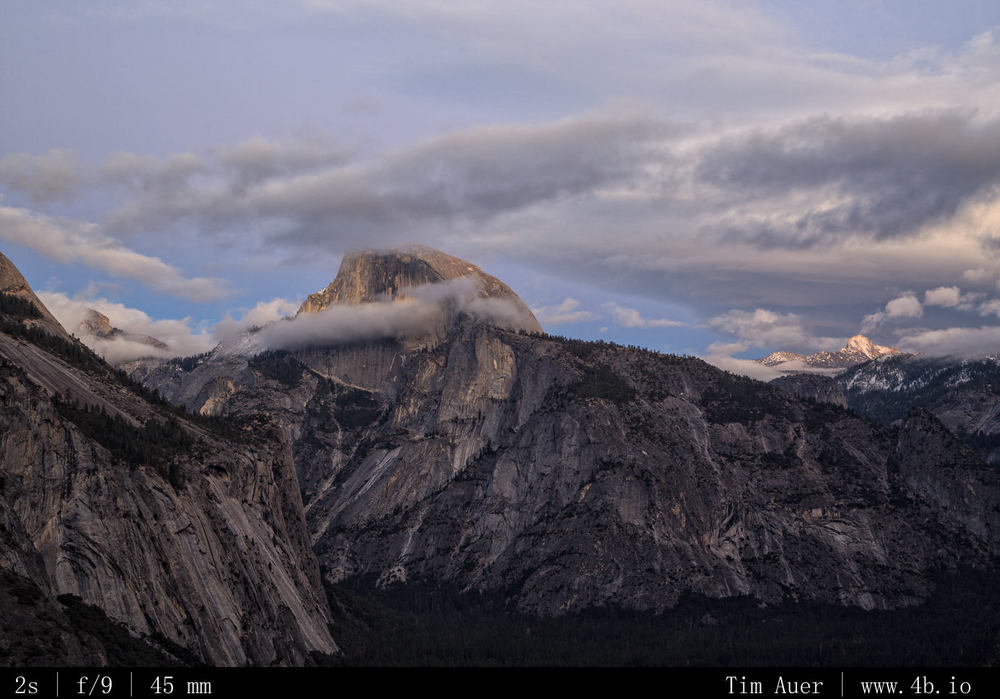
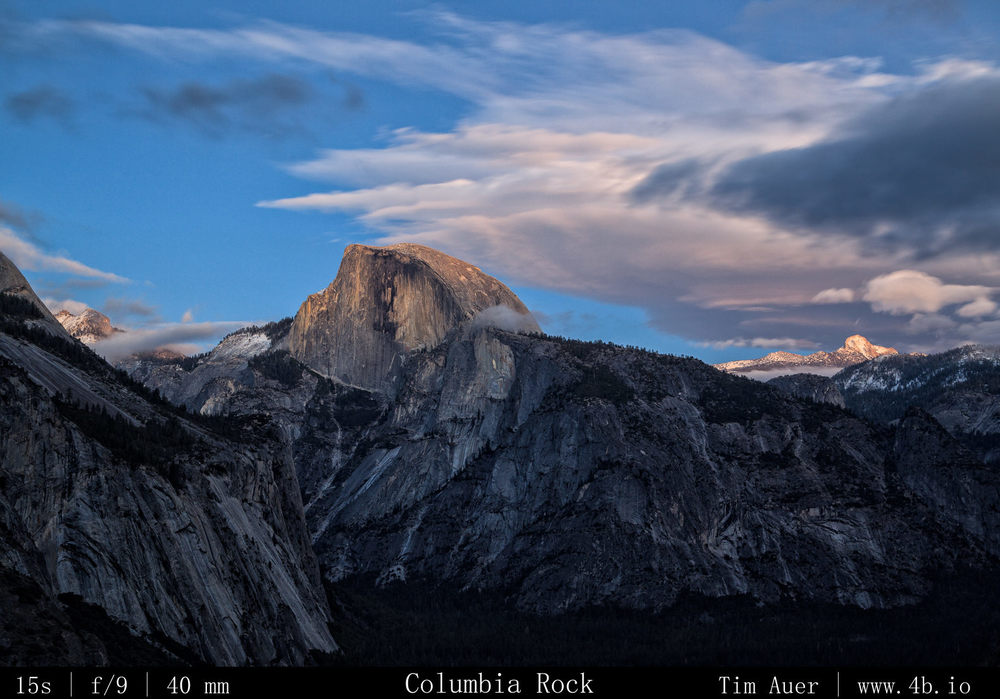
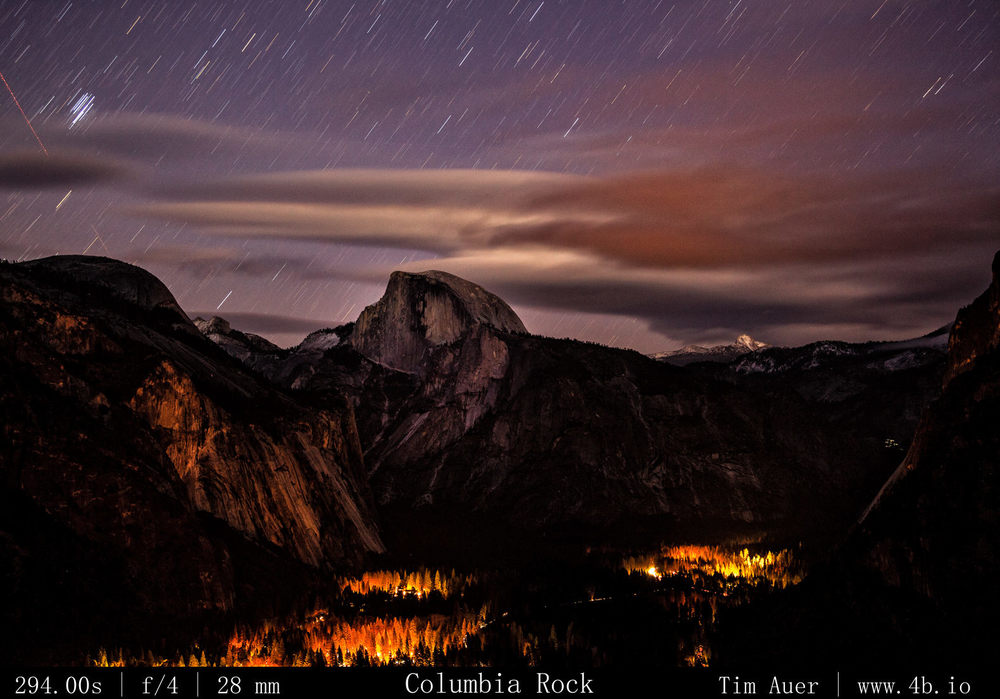
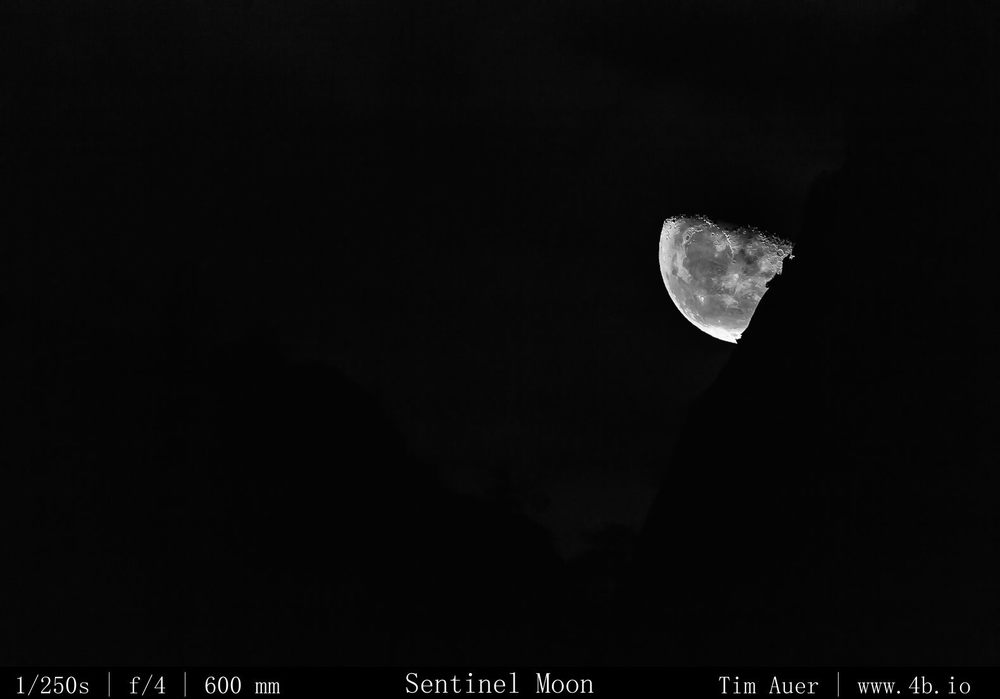
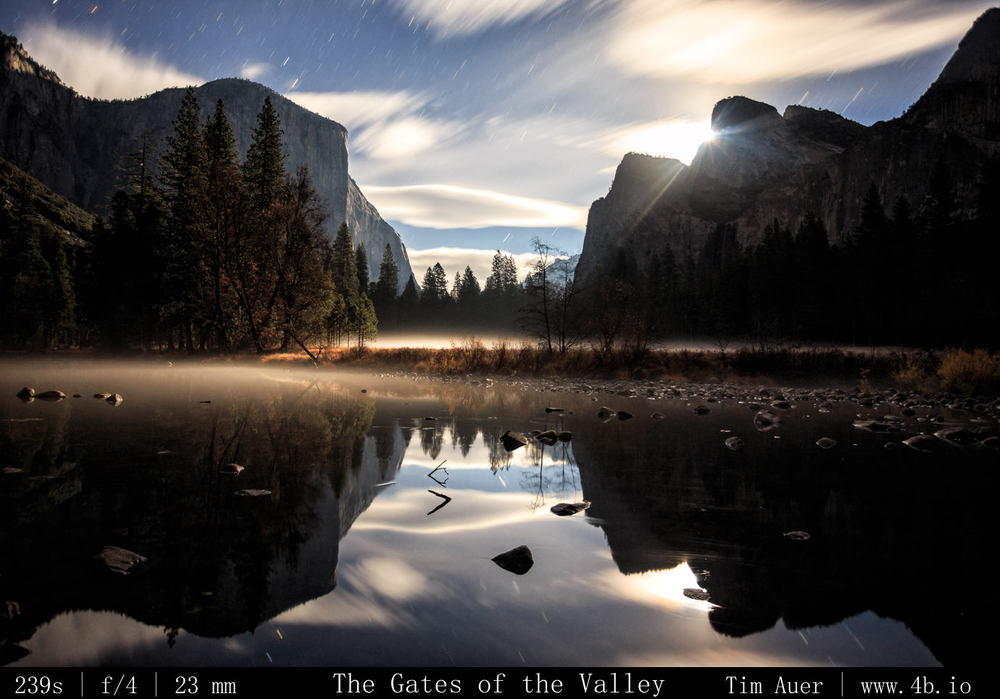
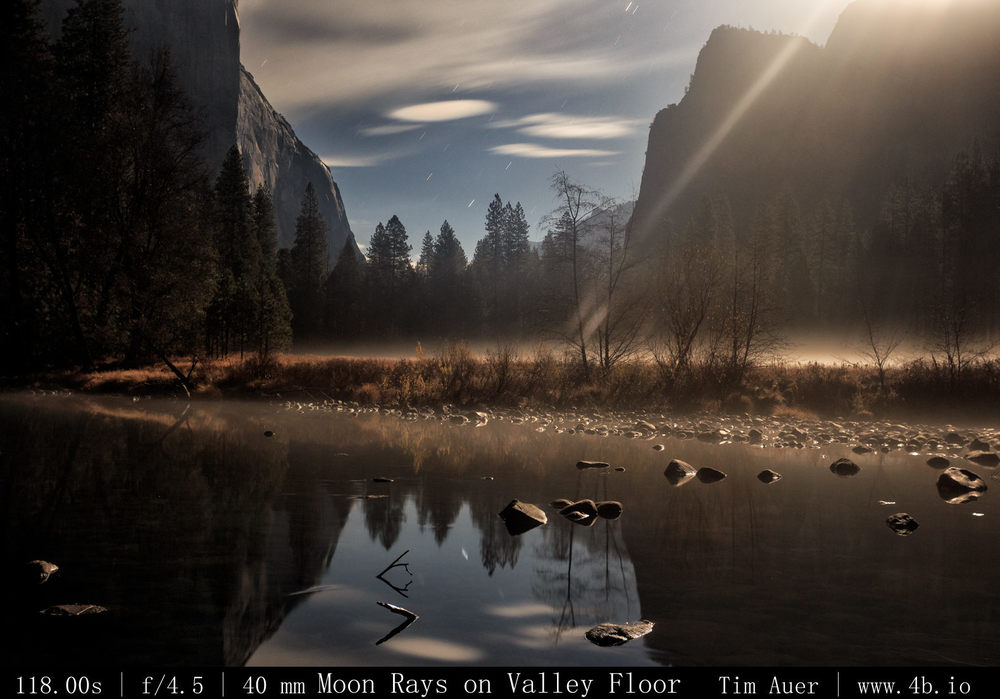
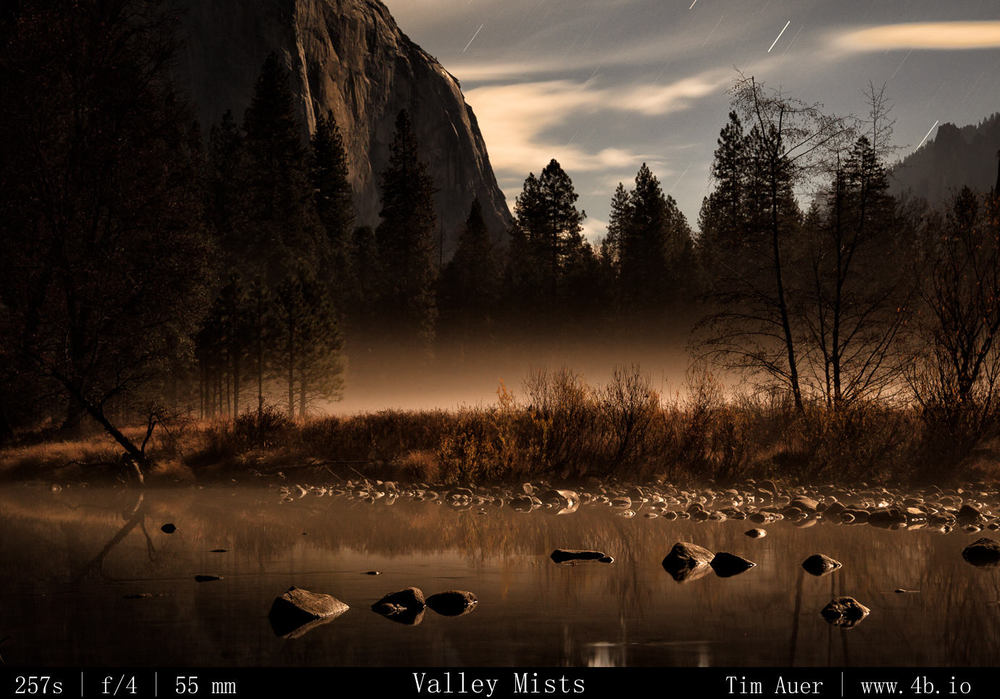
After these trips to Alaska, West Virginia, and Northern Canada, I felt like I was neglecting the California parks…so I packed up the wagon for a weekend outing to the greater Yosemite region, where I planned to take advantage of the full moon for landscapes, hunt for some wildlife, autumn colors, and if lucky do some astrophotography for the Leonid meteor shower…most importantly, try to spot the Comet ISON in the pre-dawn hours.
As ISON approaches perihelion it is predicted to grow brighter, but it is unclear what exactly will happen after that. The two more dramatic possibilities for the comet, after it completes it swing around the sun, are the following: It may increase in brightness and tail(s) length and be visible to the naked eye, or alternatively it may evaporate into nothingness. November 16-18, the comet is visible at approximately 04:00 near the star Spica in the constellation Virgo. So the time is now to guarantee a view of this celestial body….because it may be now or never…soo yeah.
So having said that, I wasn’t actually able to see the comet ISON this weekend…unfortunately. On Friday night from Glacier Point, a thin cloud cover combined with the very waxing gibbous moon eliminated all but the brightest stars. Saturday night, near Mono Lake looked more promising with crystal clear and cold skies, but no can do. Under the power of the now full moon and with high mountains to the east towards Nevada, the comet wouldn’t be visible until it rose above those mountains, which didn’t happen until about 05:00. With encroaching astronomical twilight at this hour, the comet was completely obscured…
The moon and clouds also washed out any Leonids.
But despite a failed astro photography weekend, it was a great weekend with significantly better than expected results.
The thin cloud cover, that ruined the astro part, made for incredible sunrise photography at Glacier Point, and the full moon extended the shooting hours long into the night (without having to switch my technique and mindset to astrophotography). The autumn colors were vibrant in the valley. And I had some success with my primary photographic passion: wildlife photography.
At the moment, I have only reviewed about 20 photos from the weekend, but I will process more images tonight and include them in a more descriptive post….I also need to finish processing the Churchill photos and translate my handwritten notes into a post…I know, being backed up is usually never good, but when you have too many photos to process it is a good problem…
